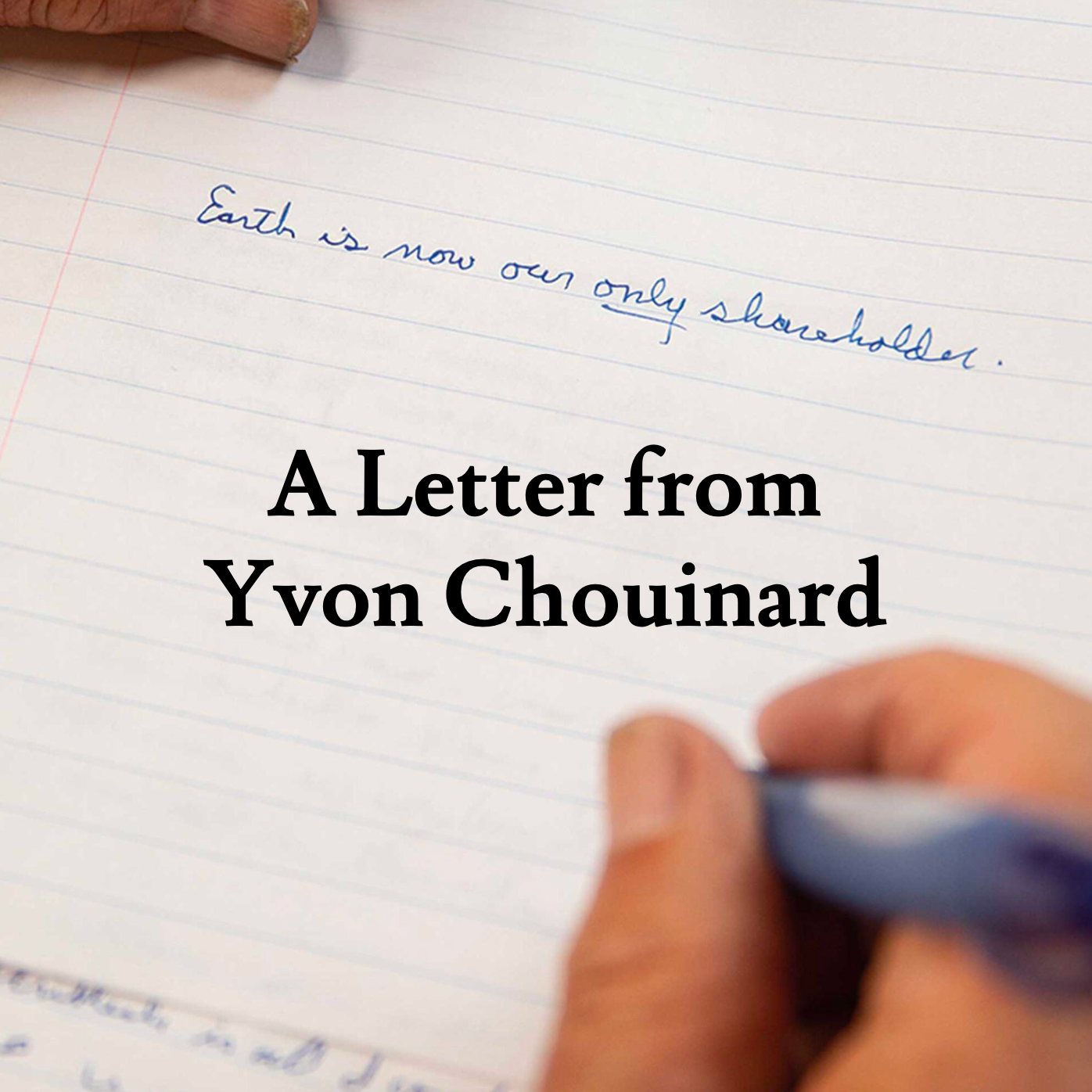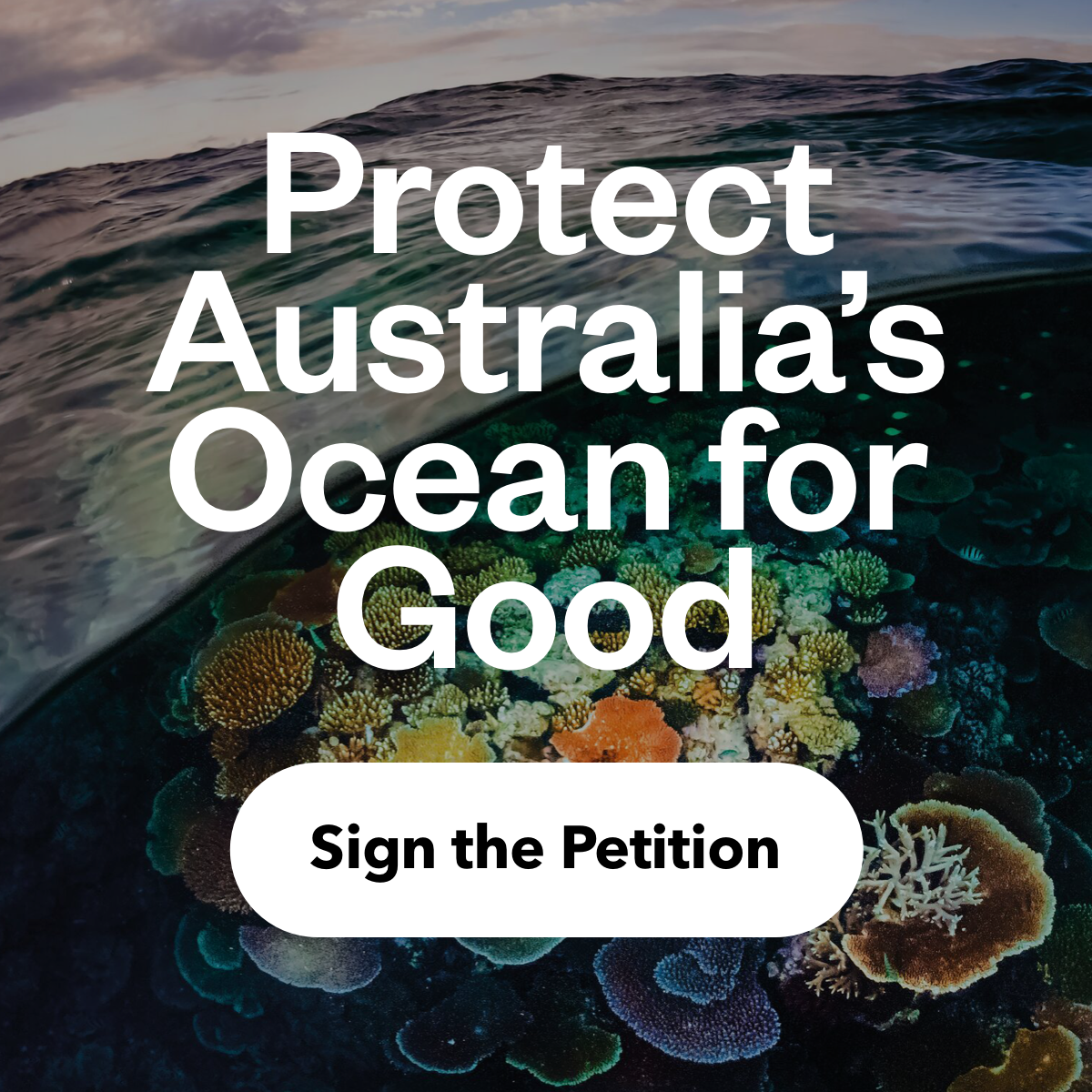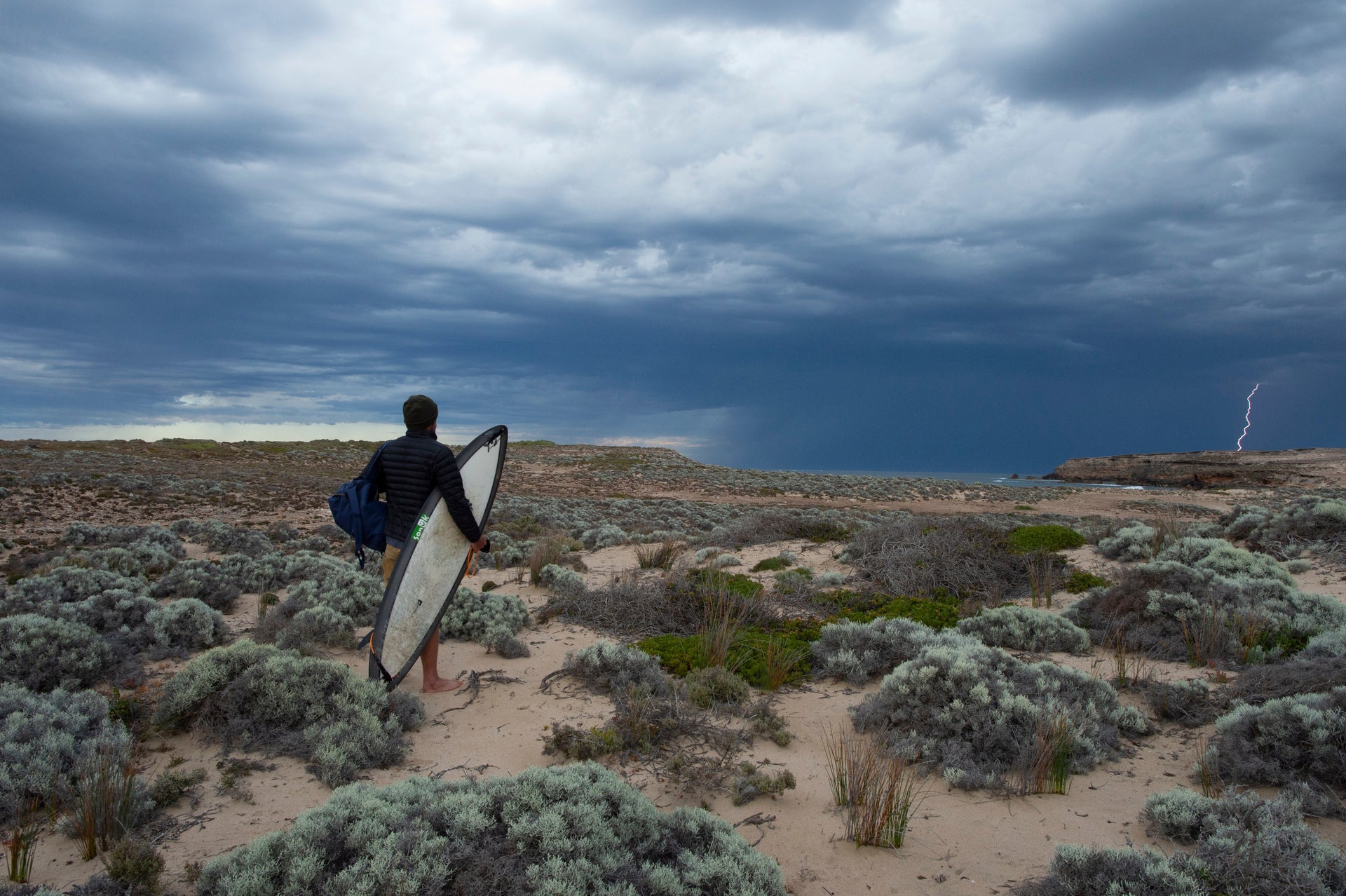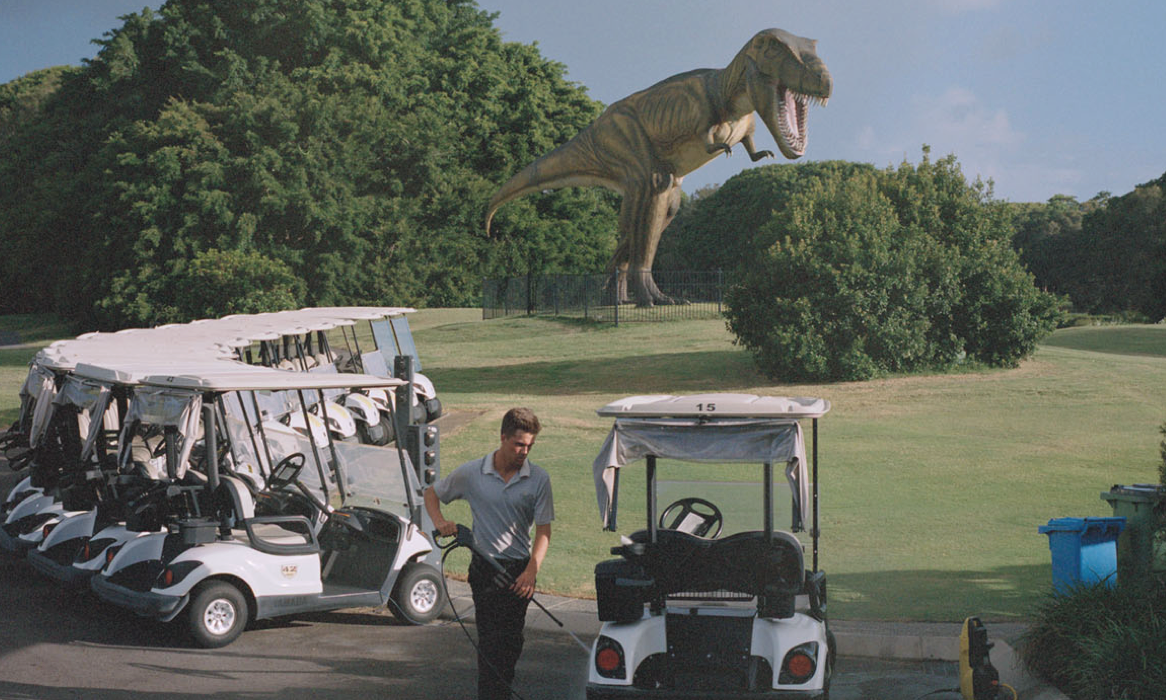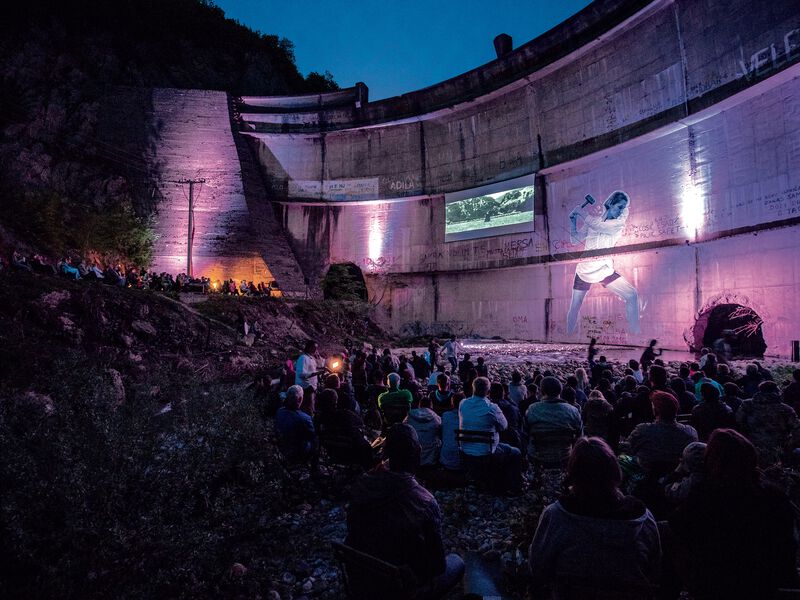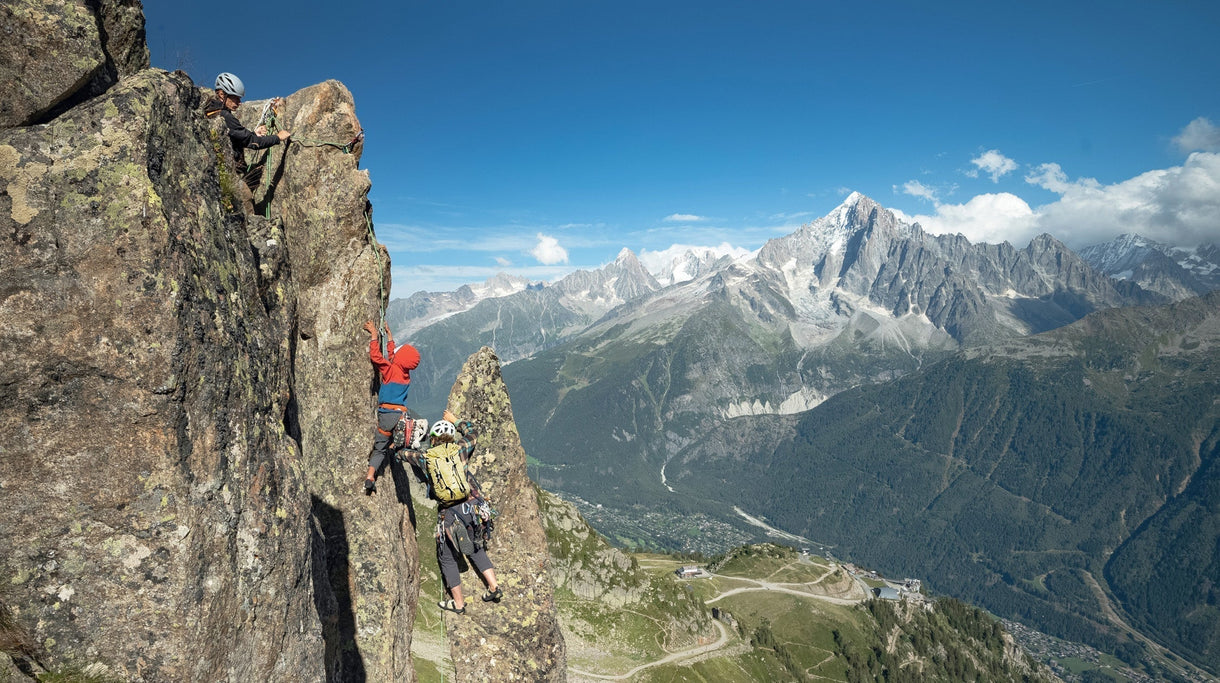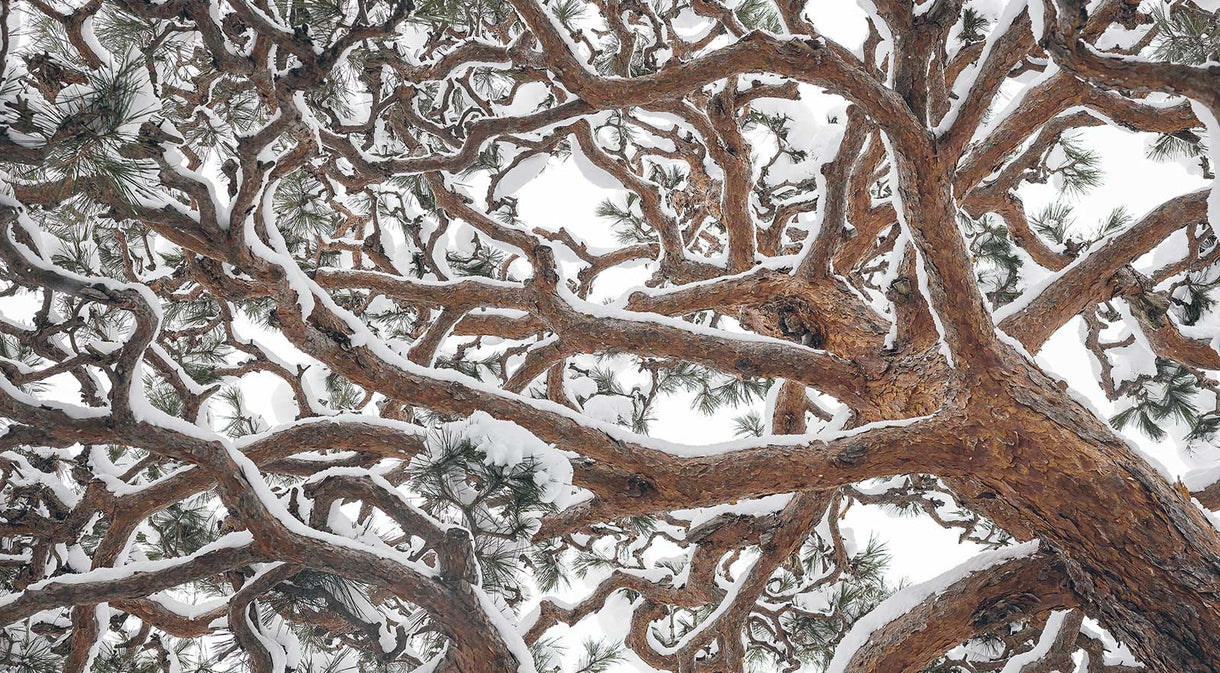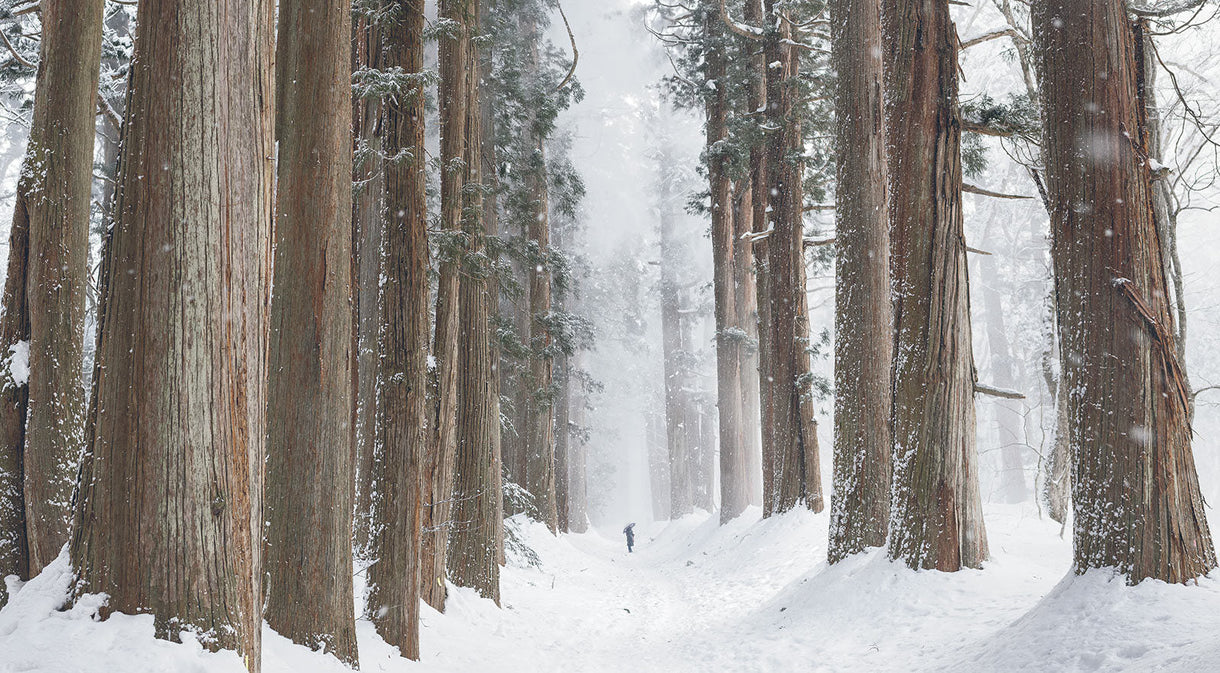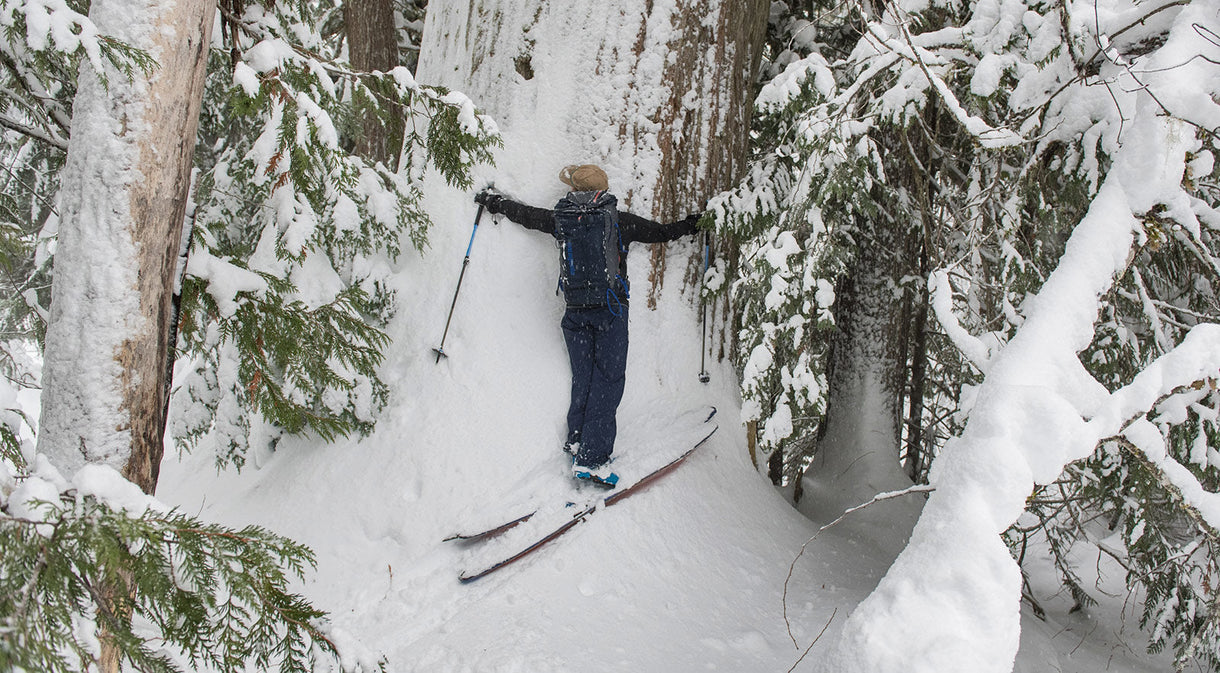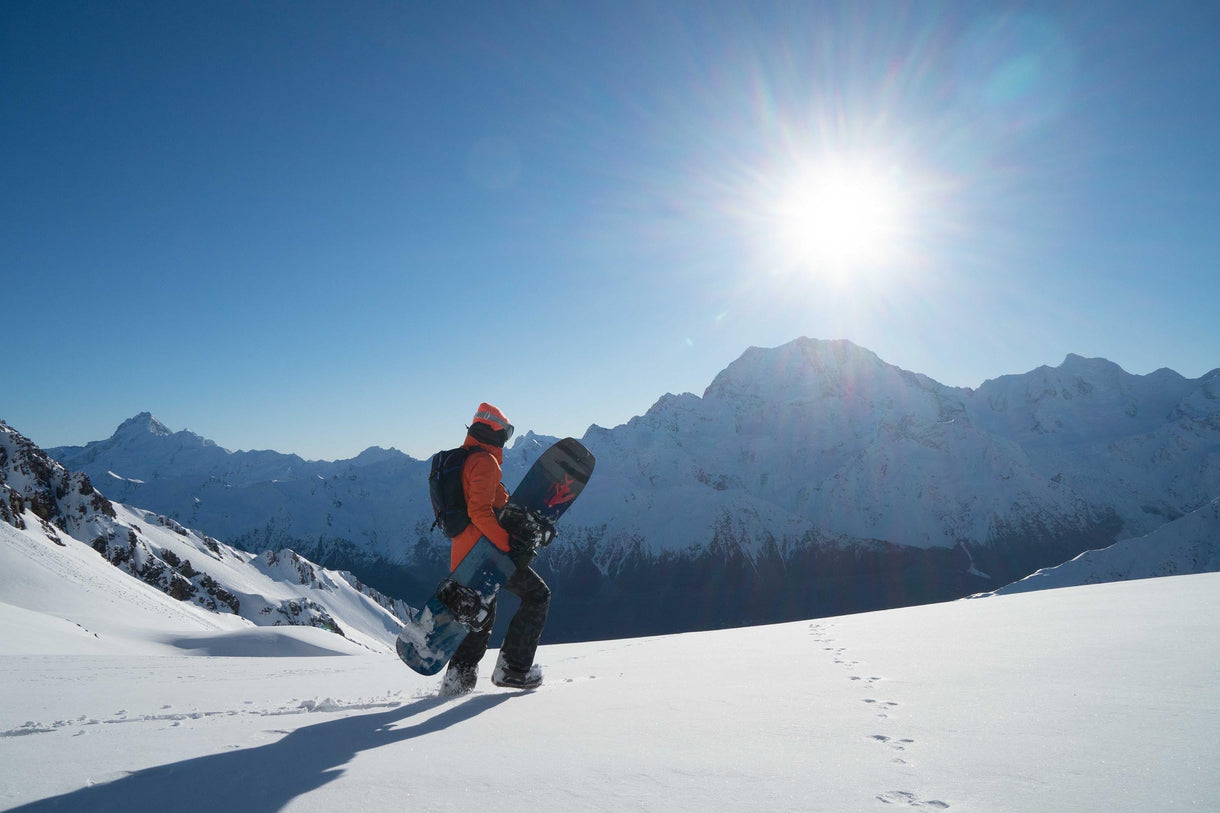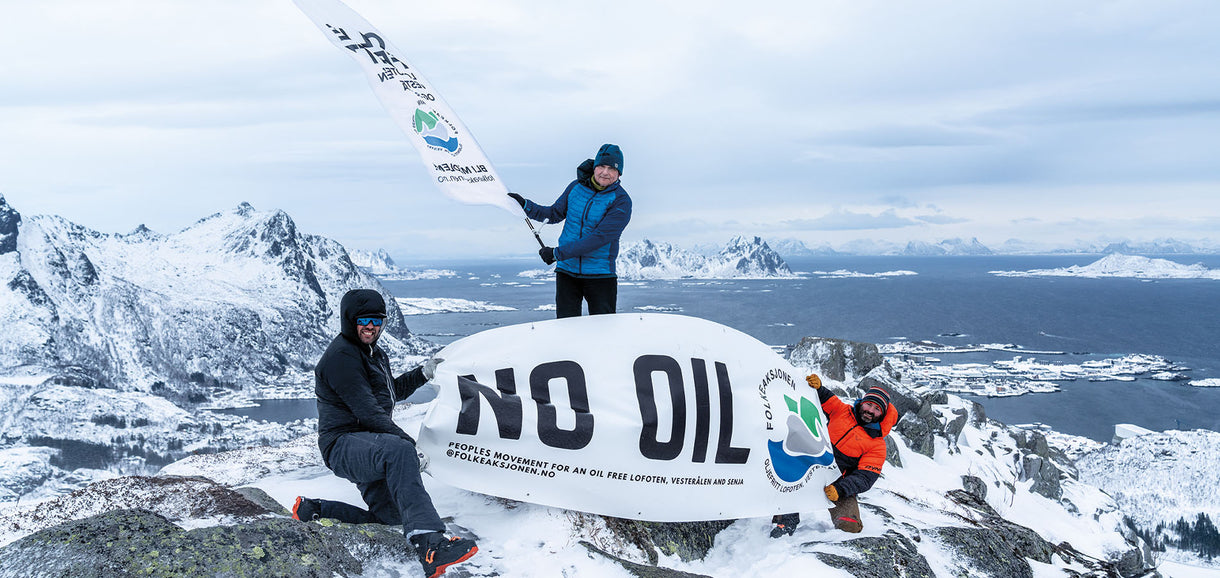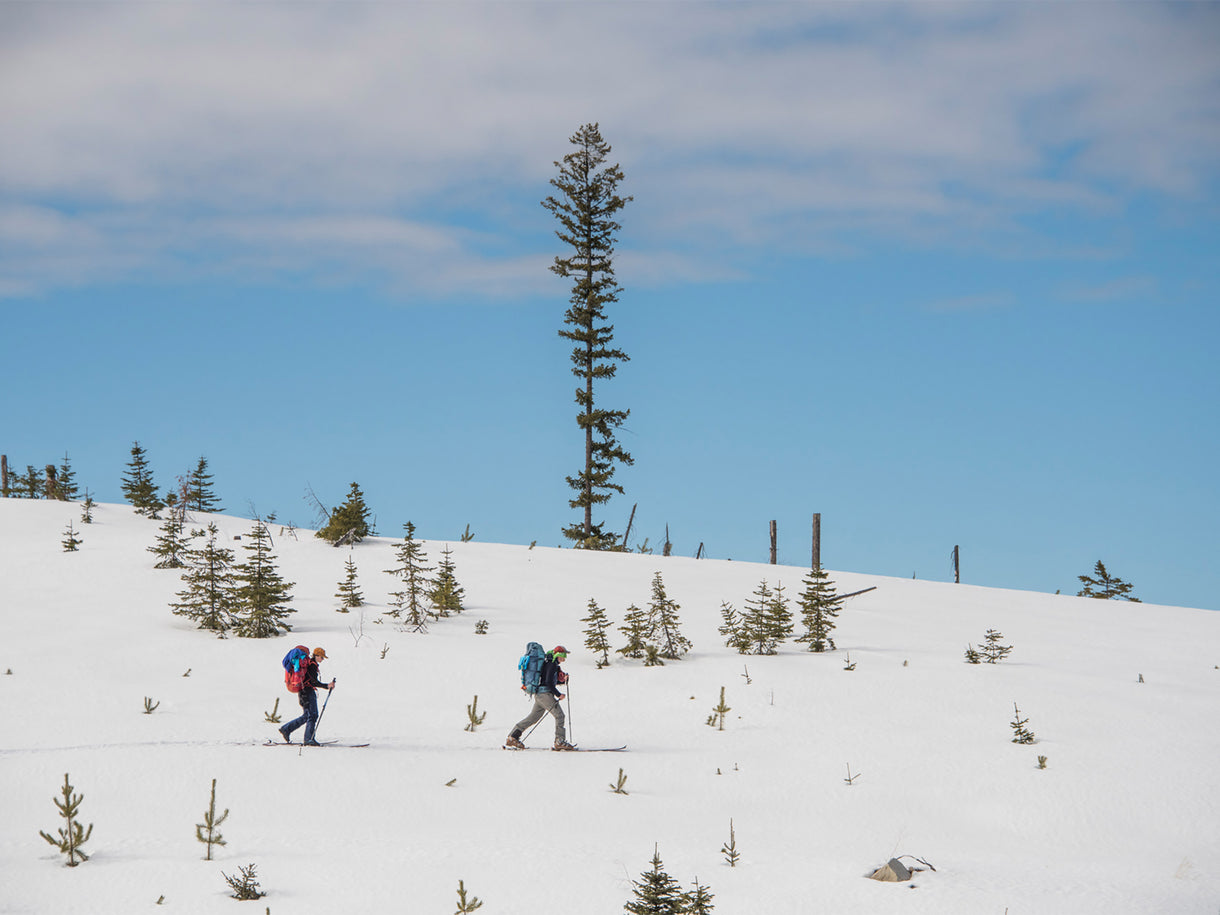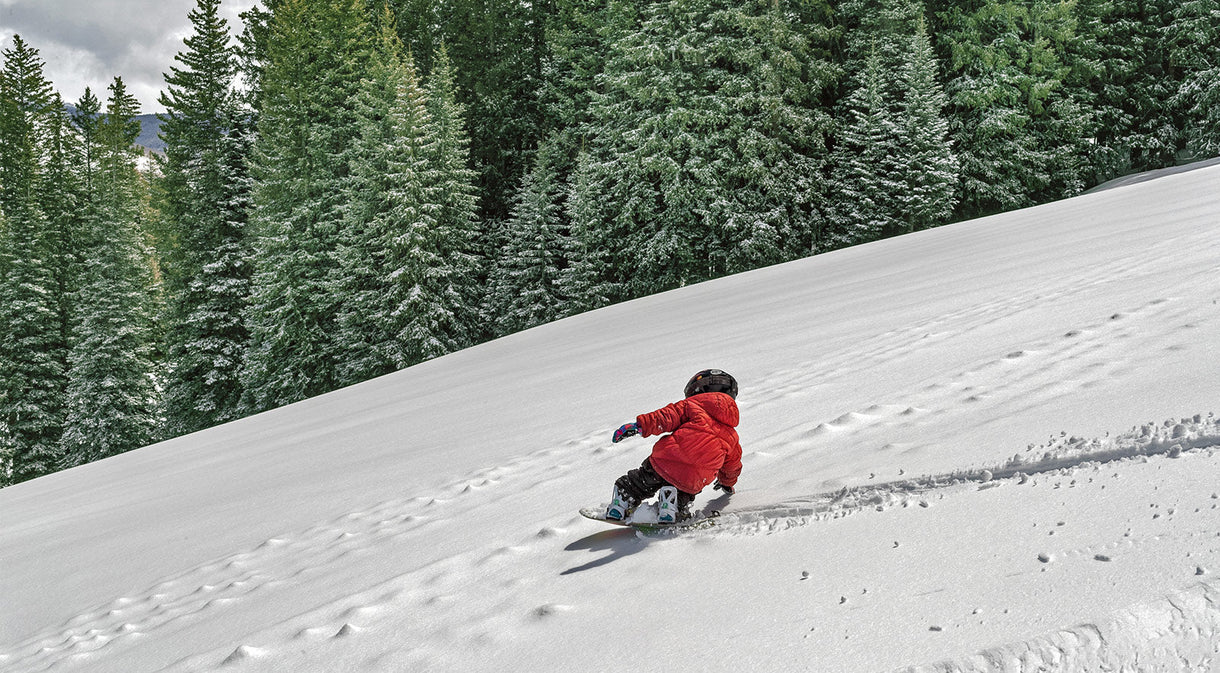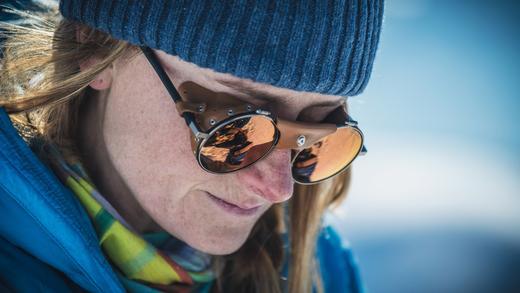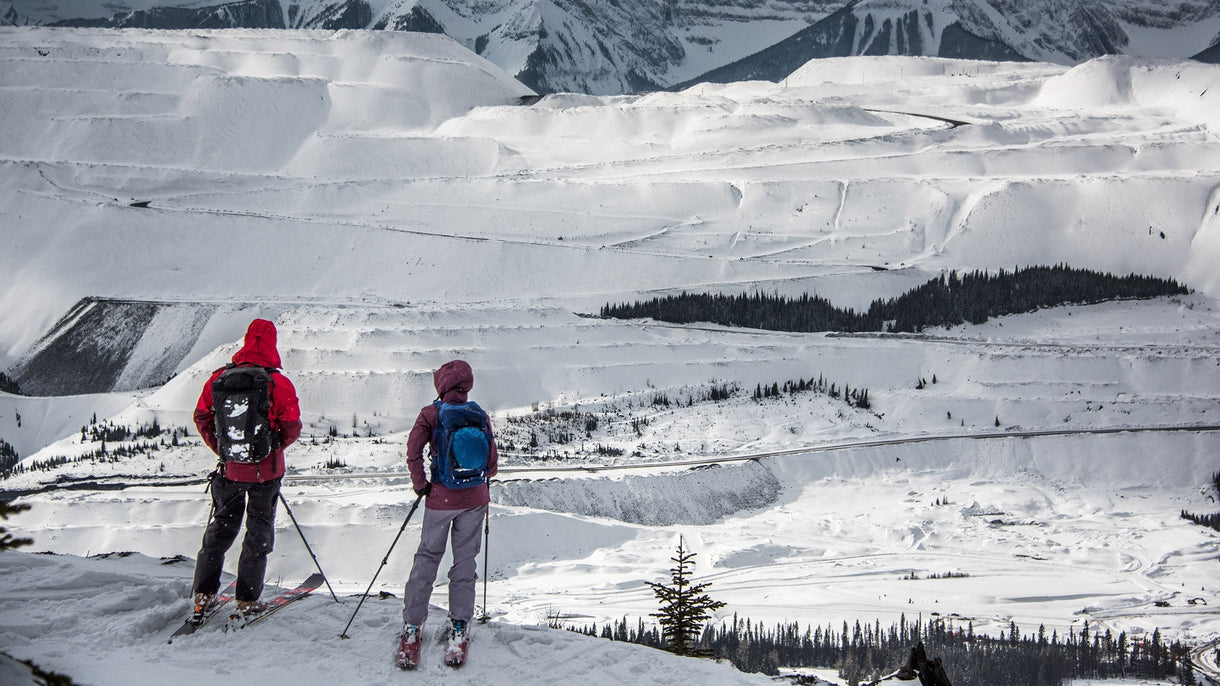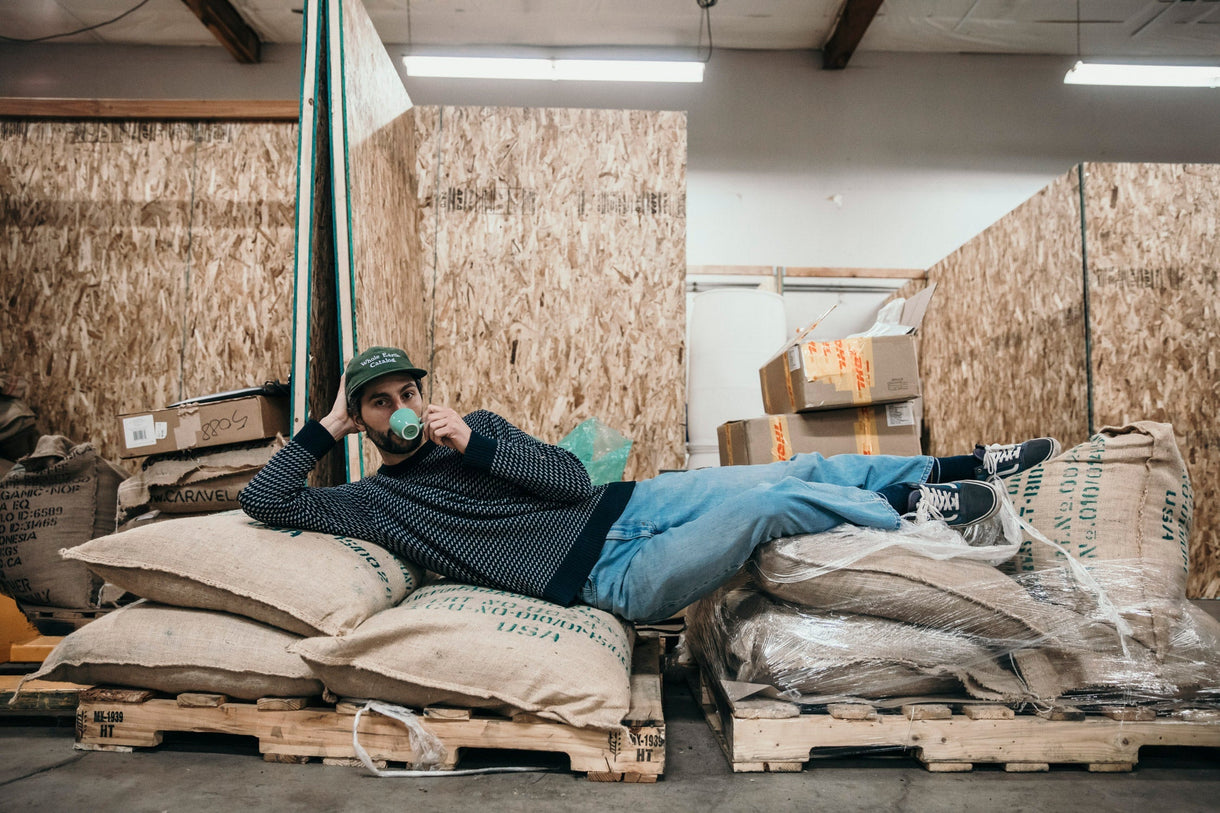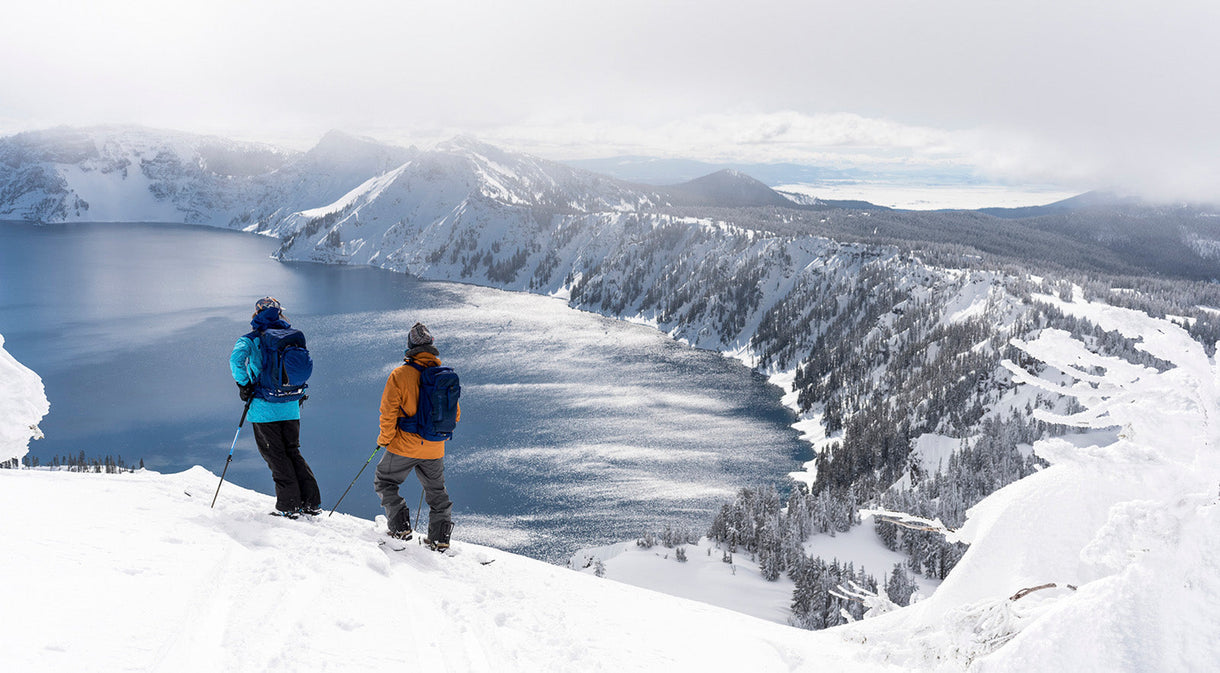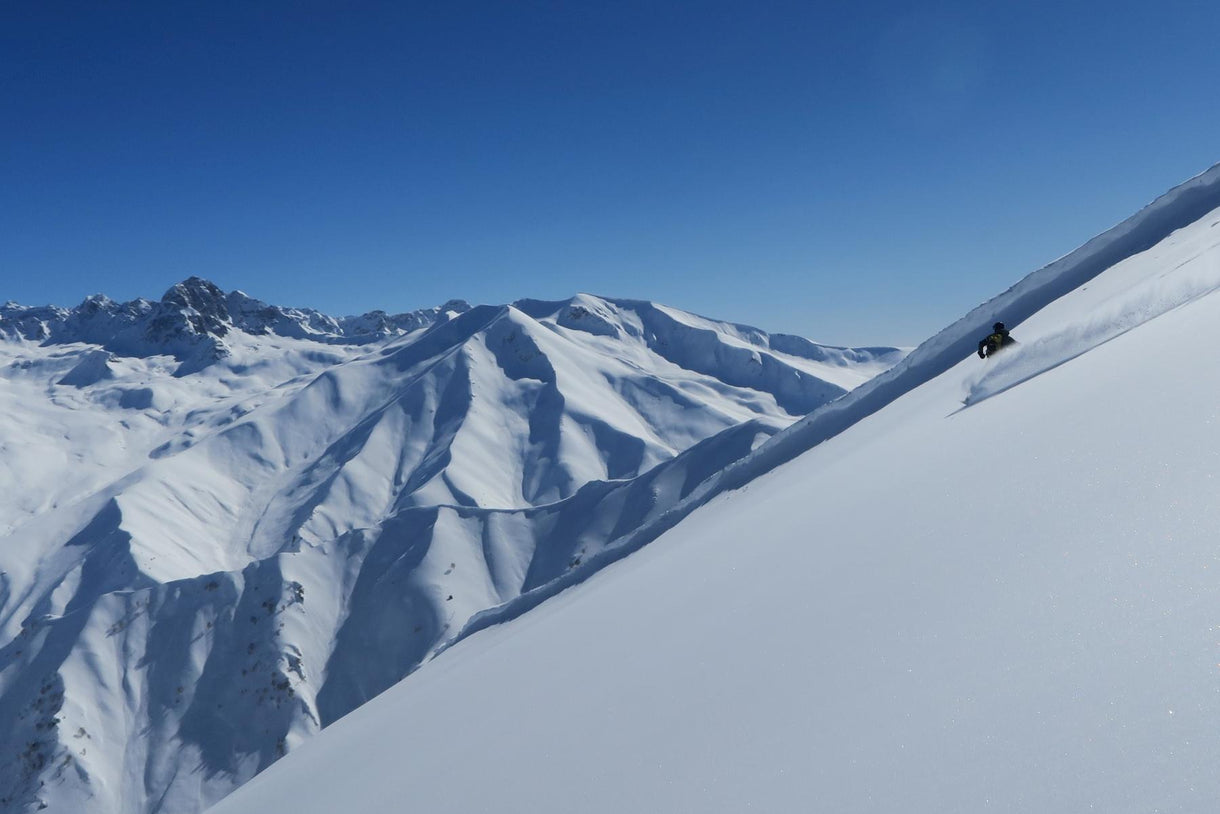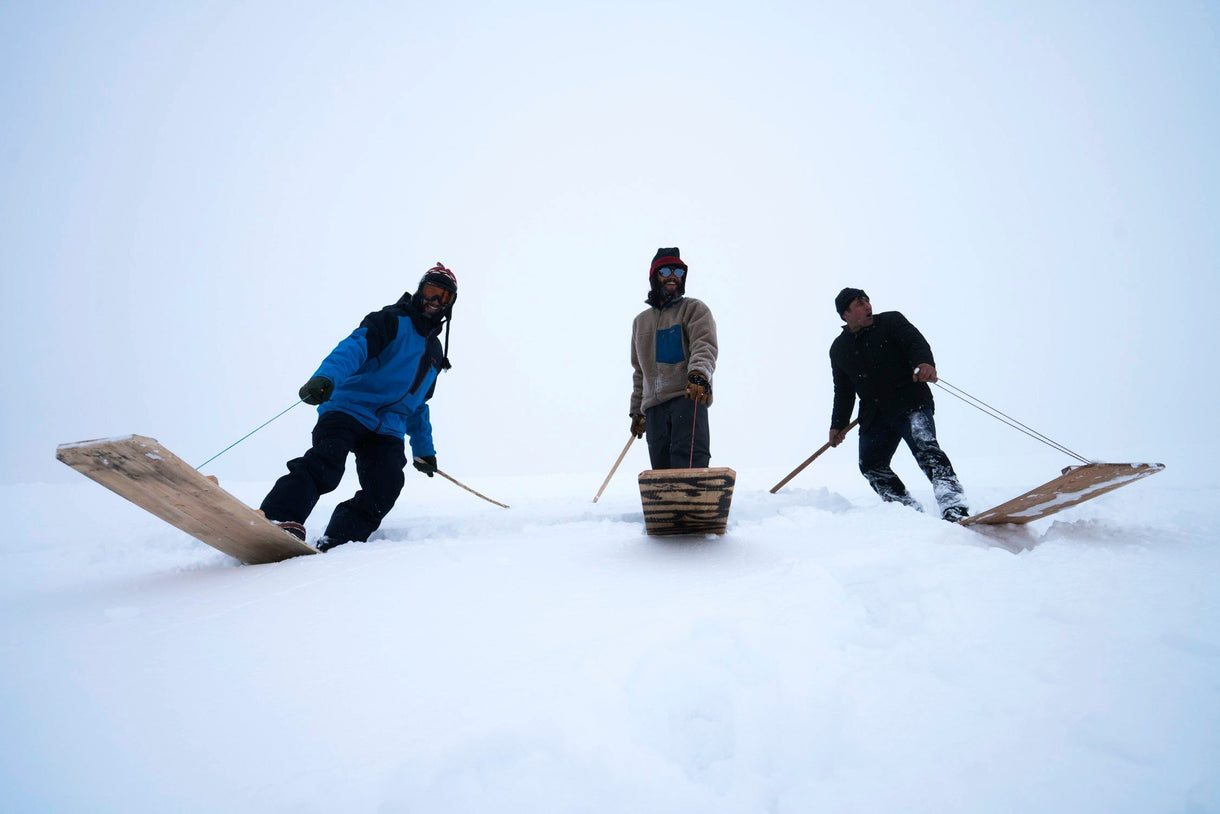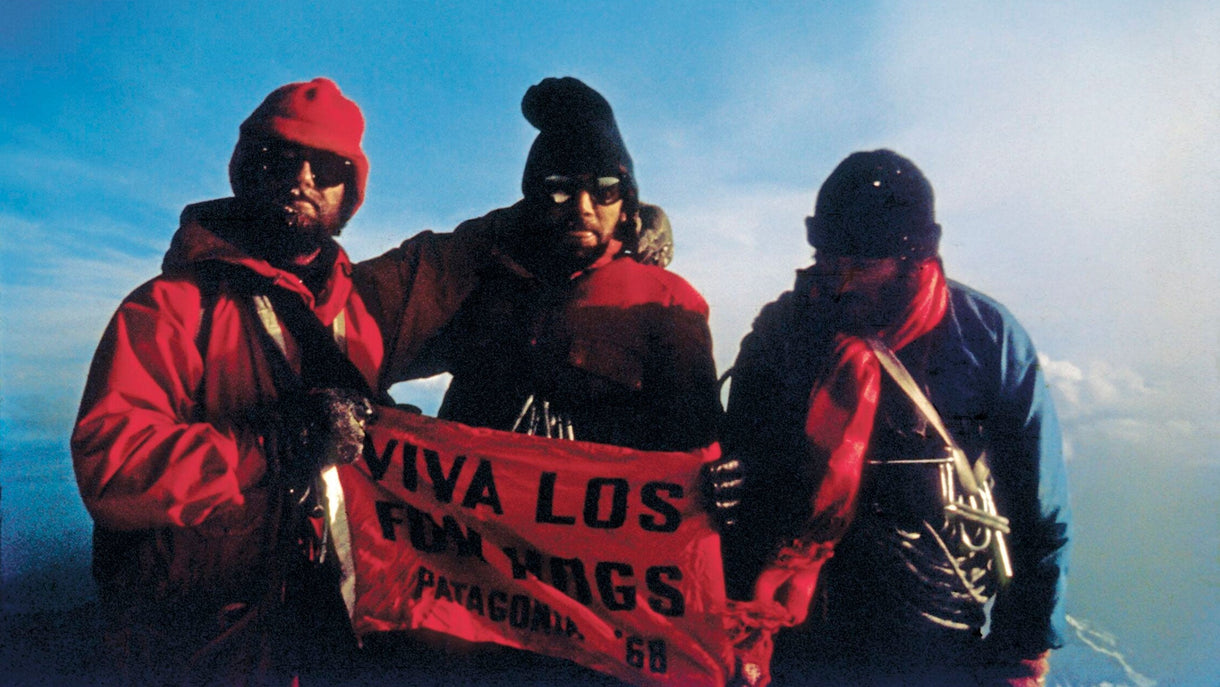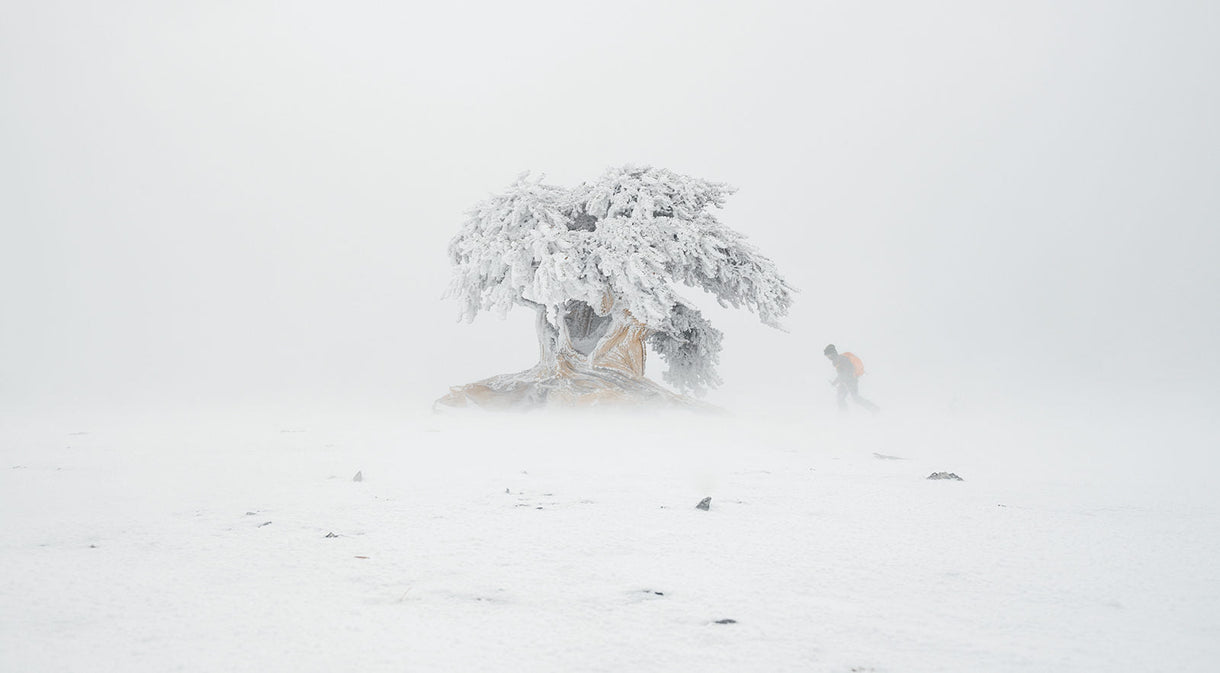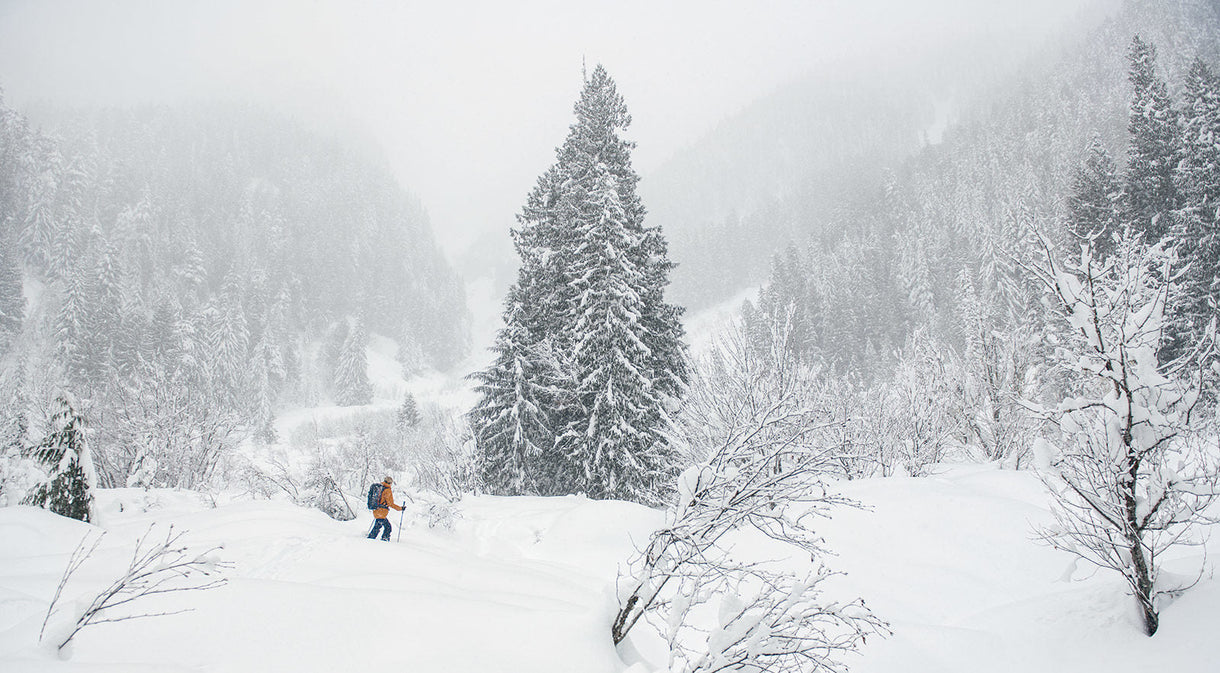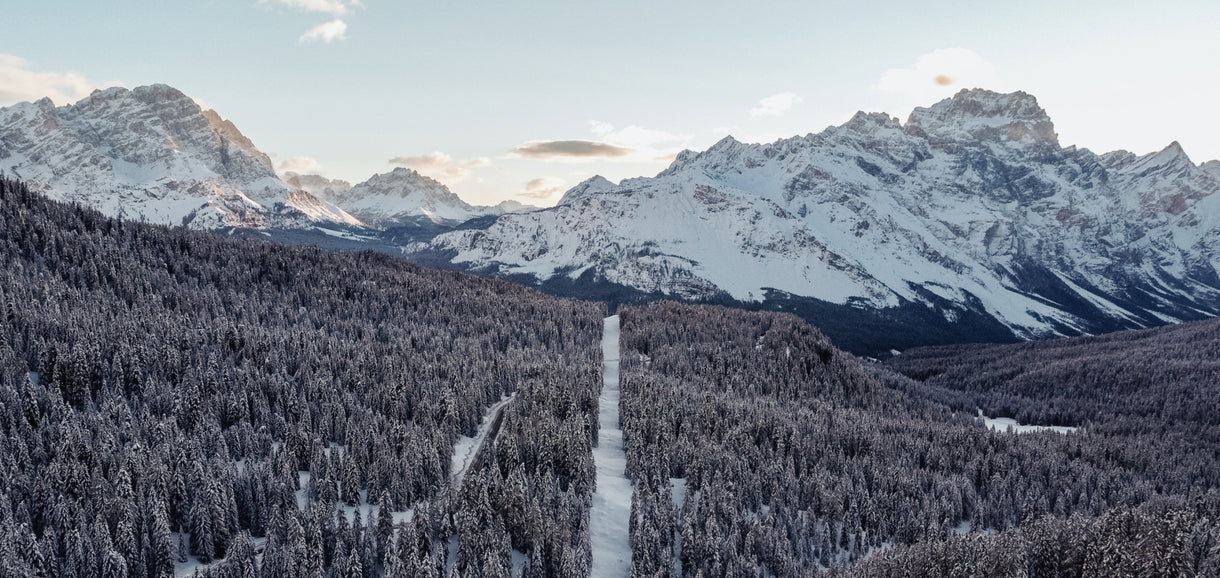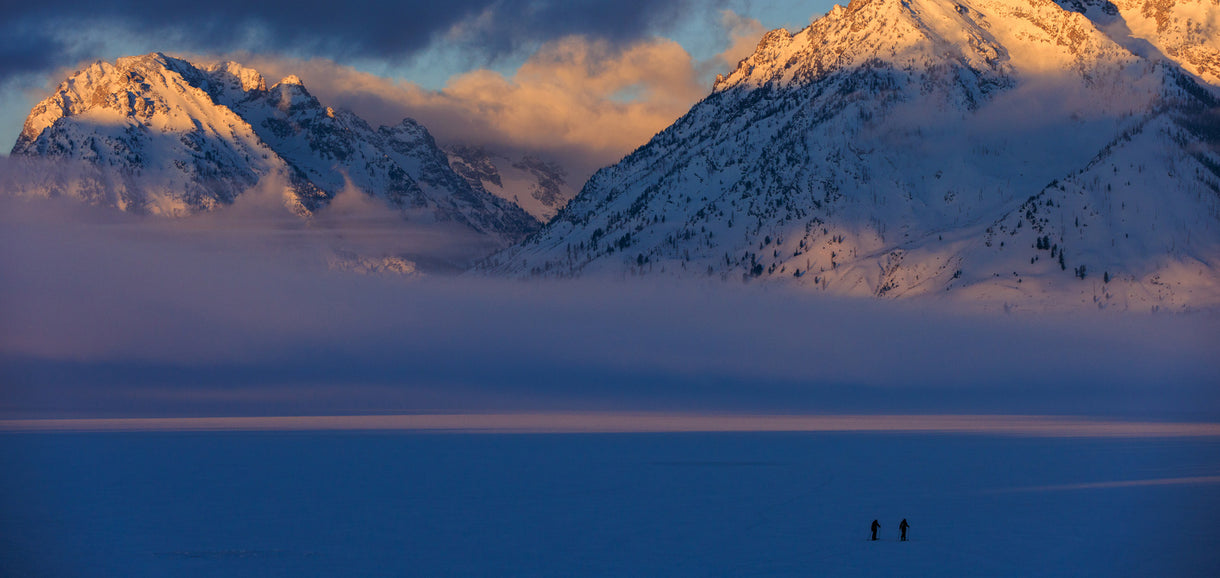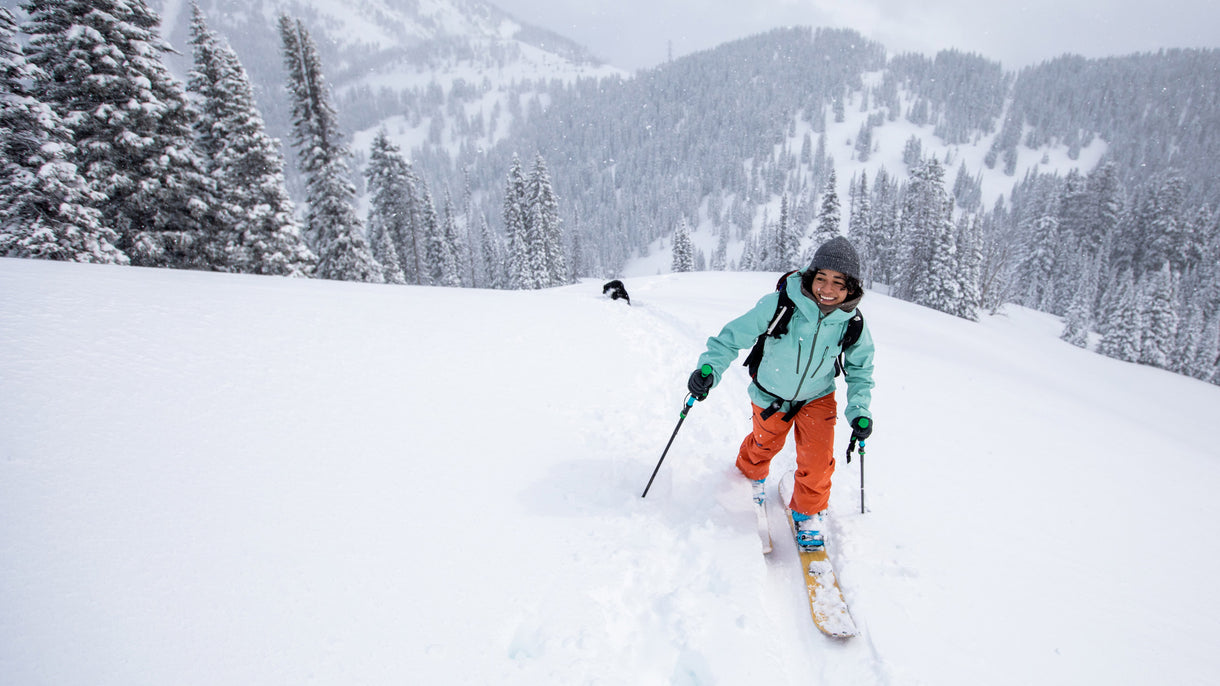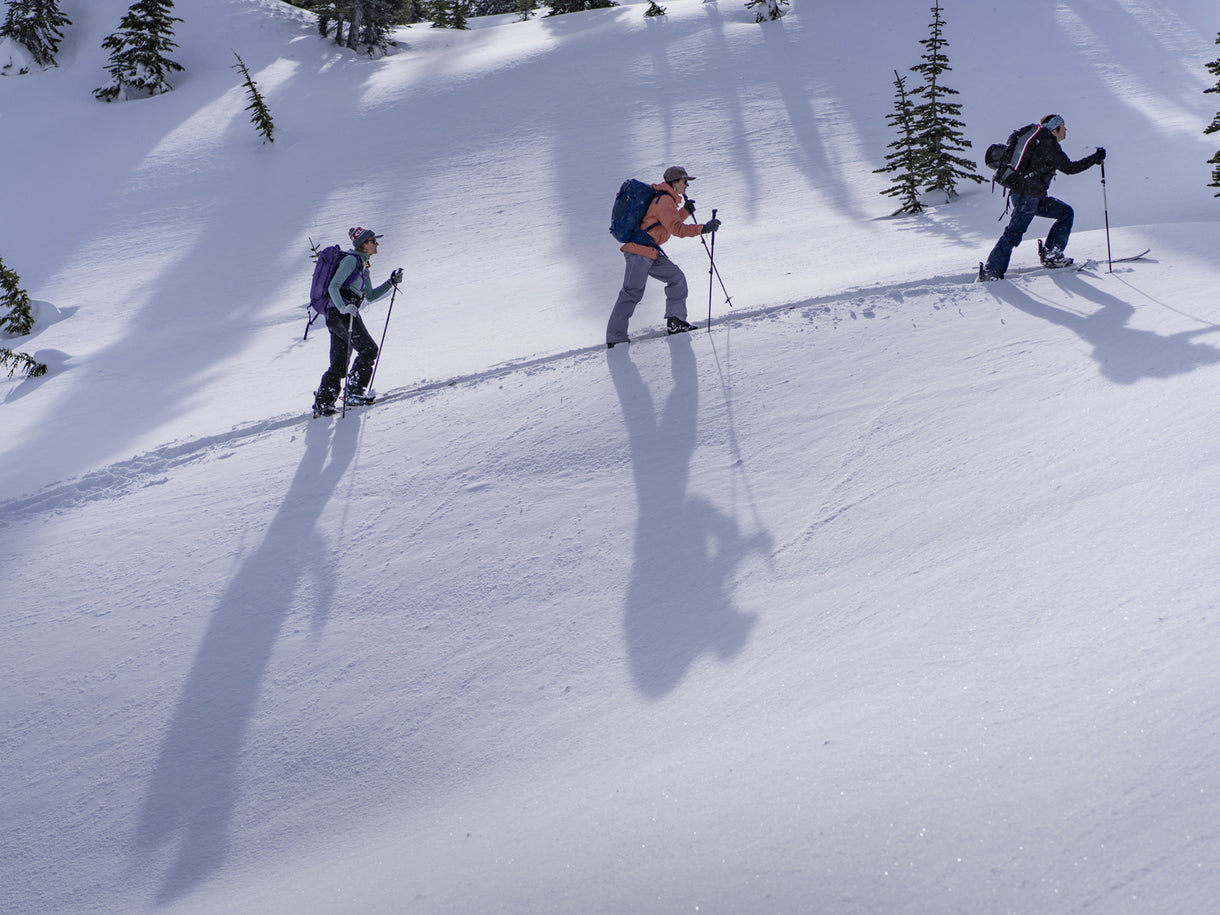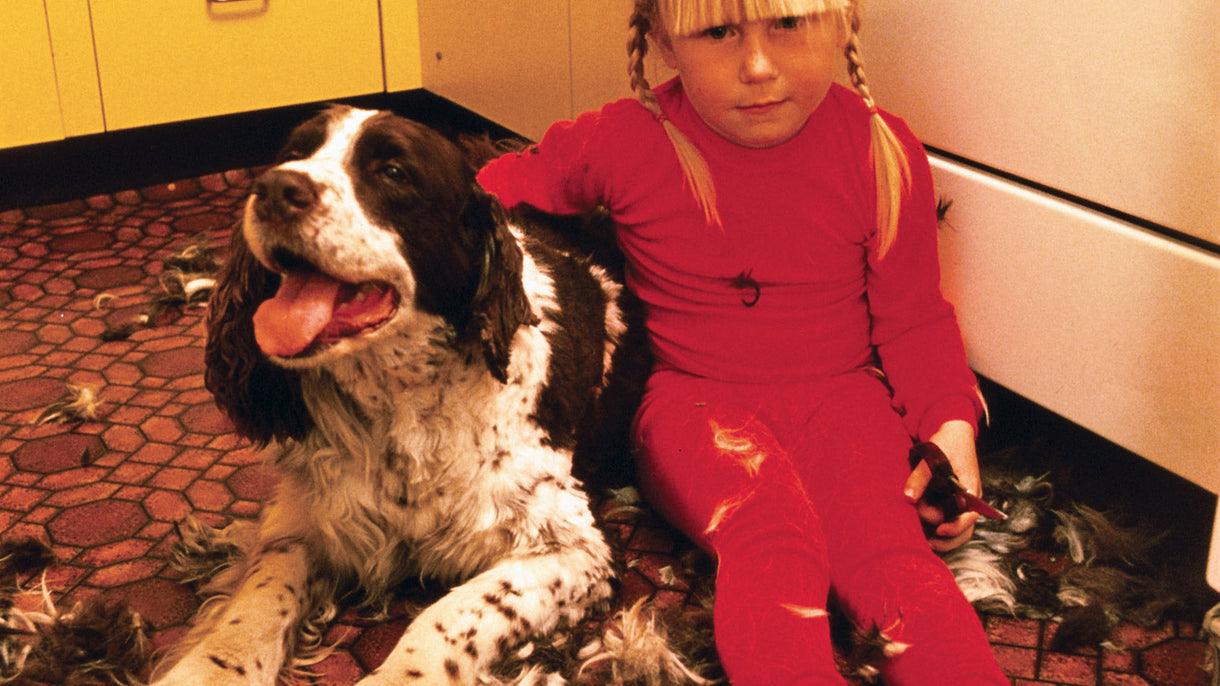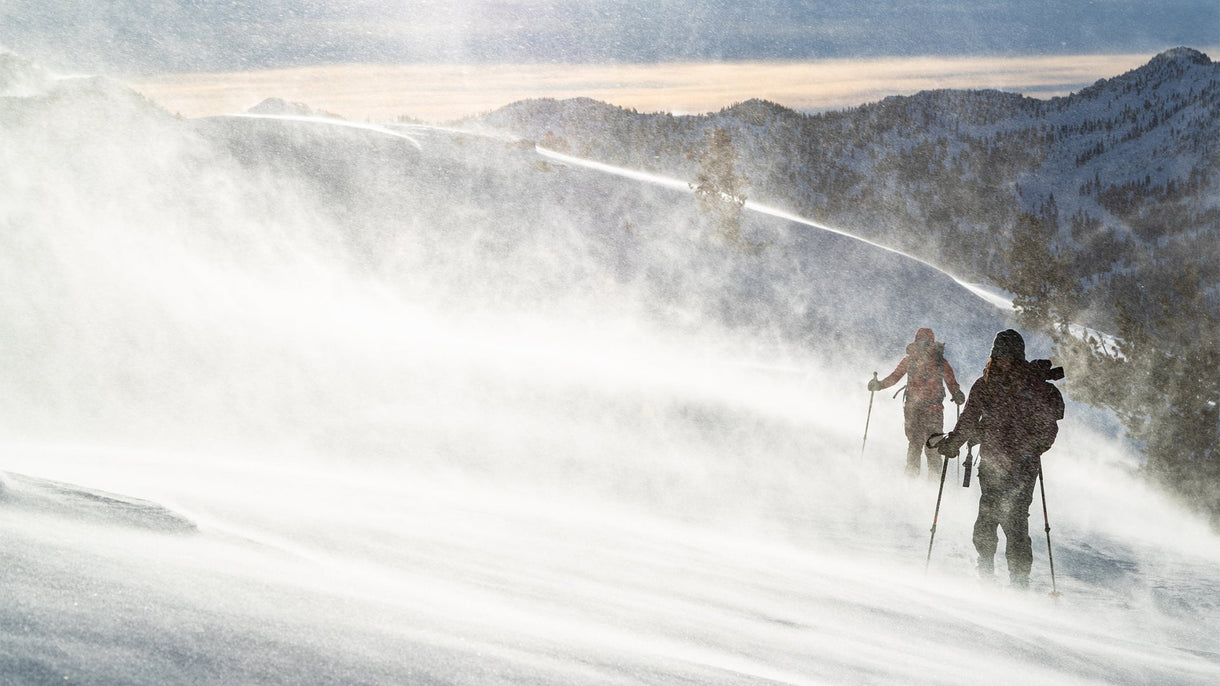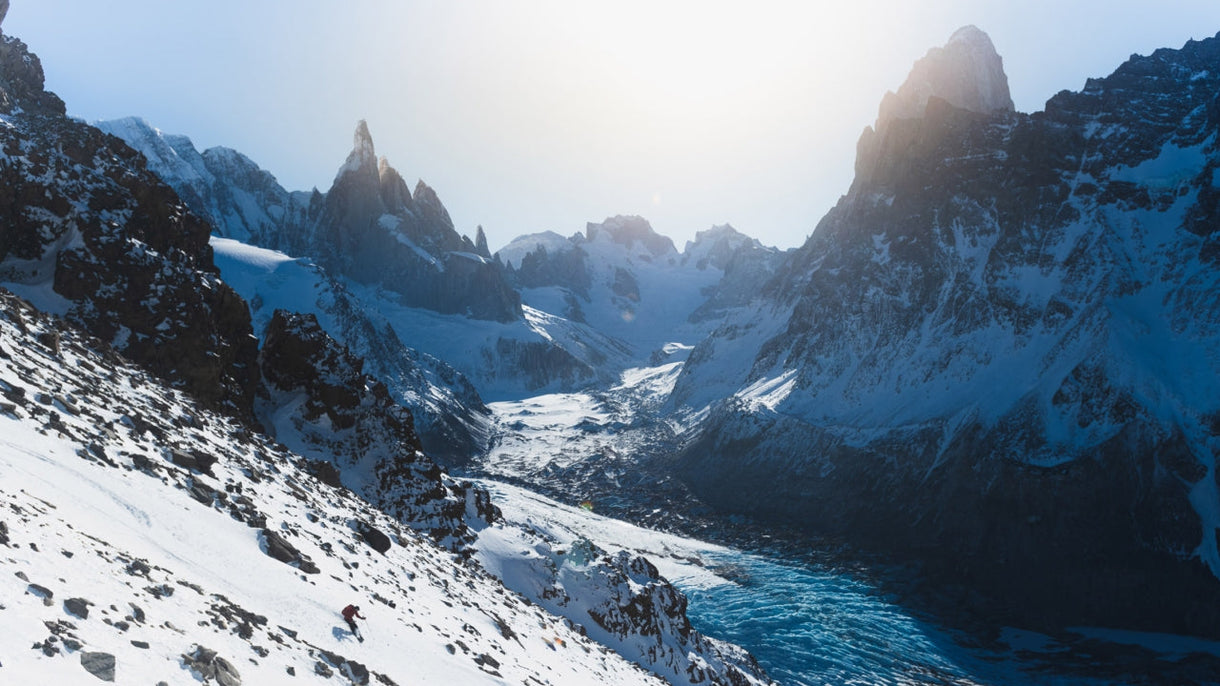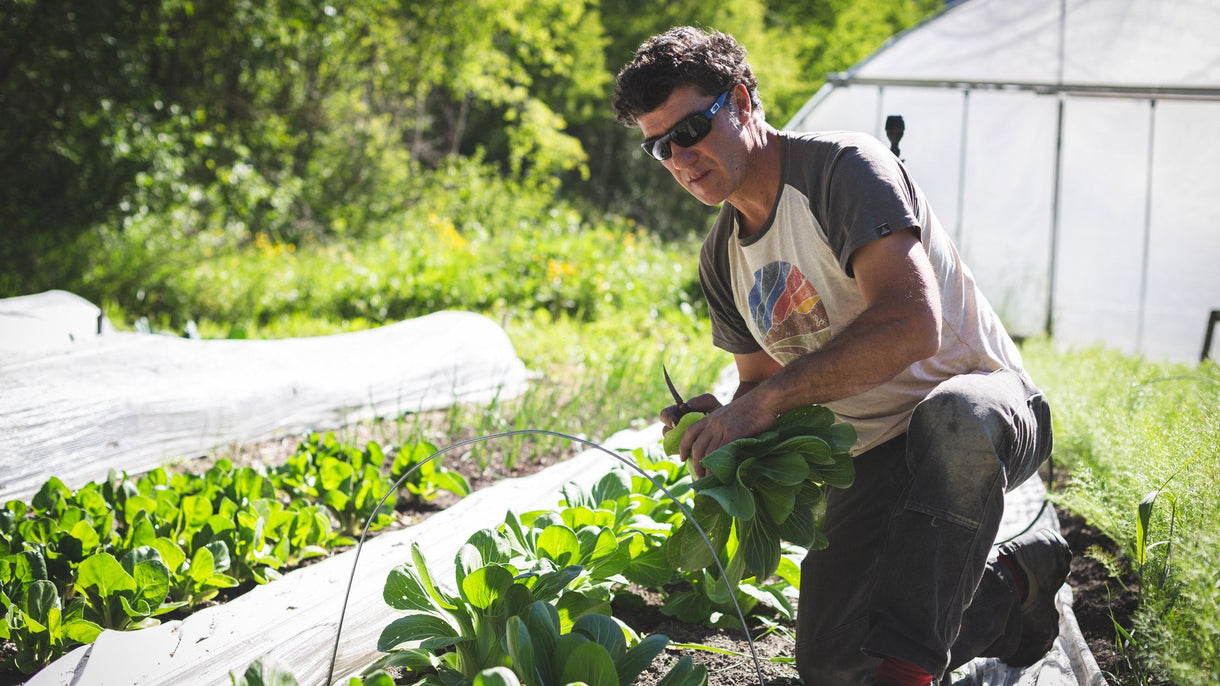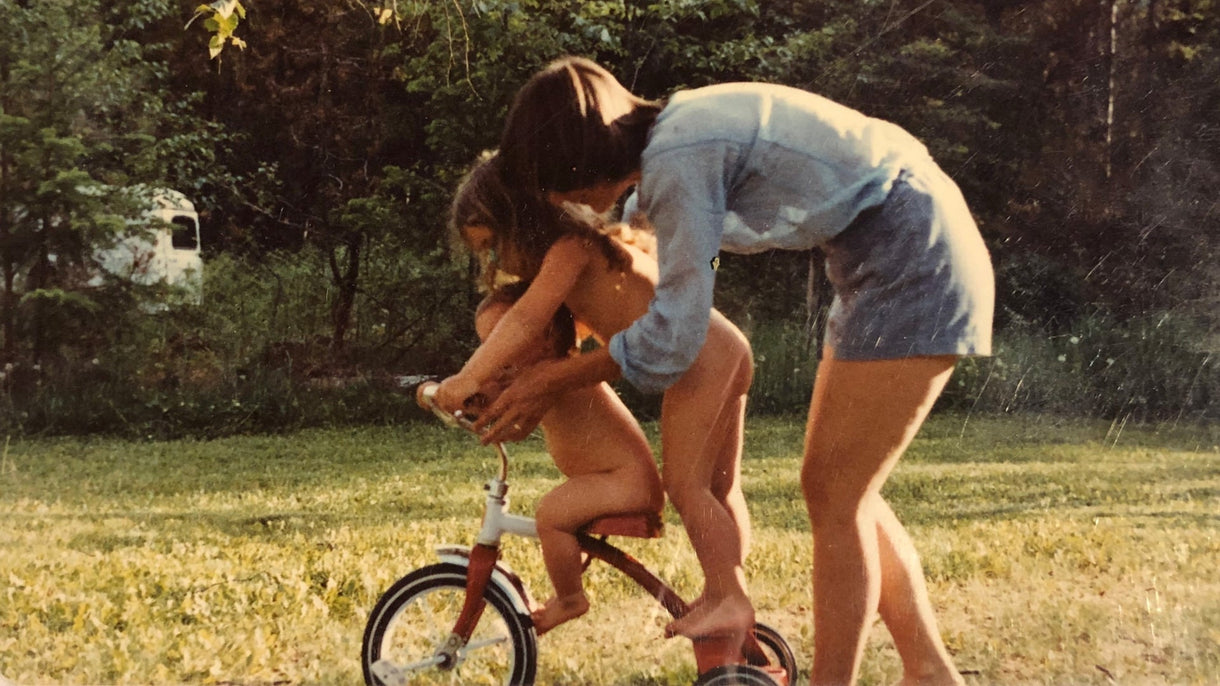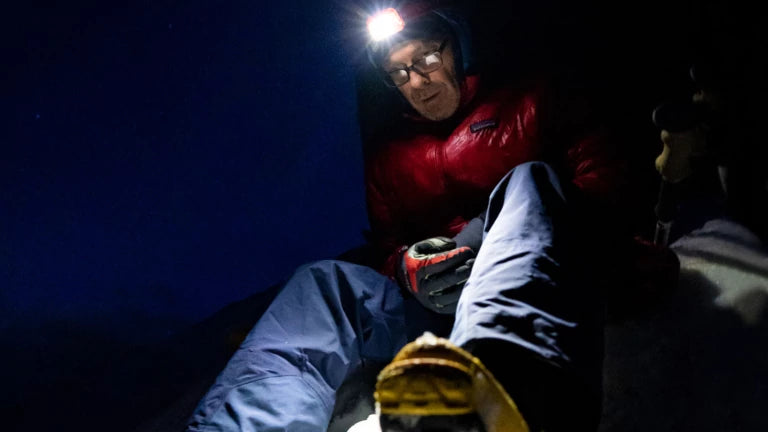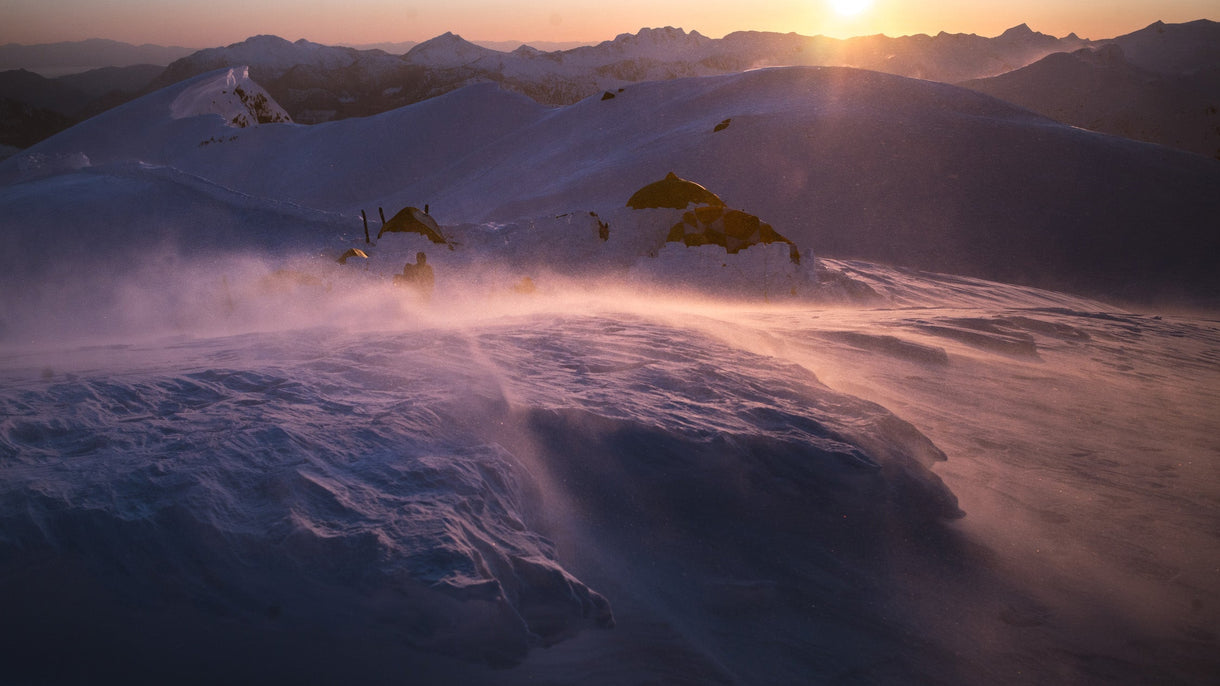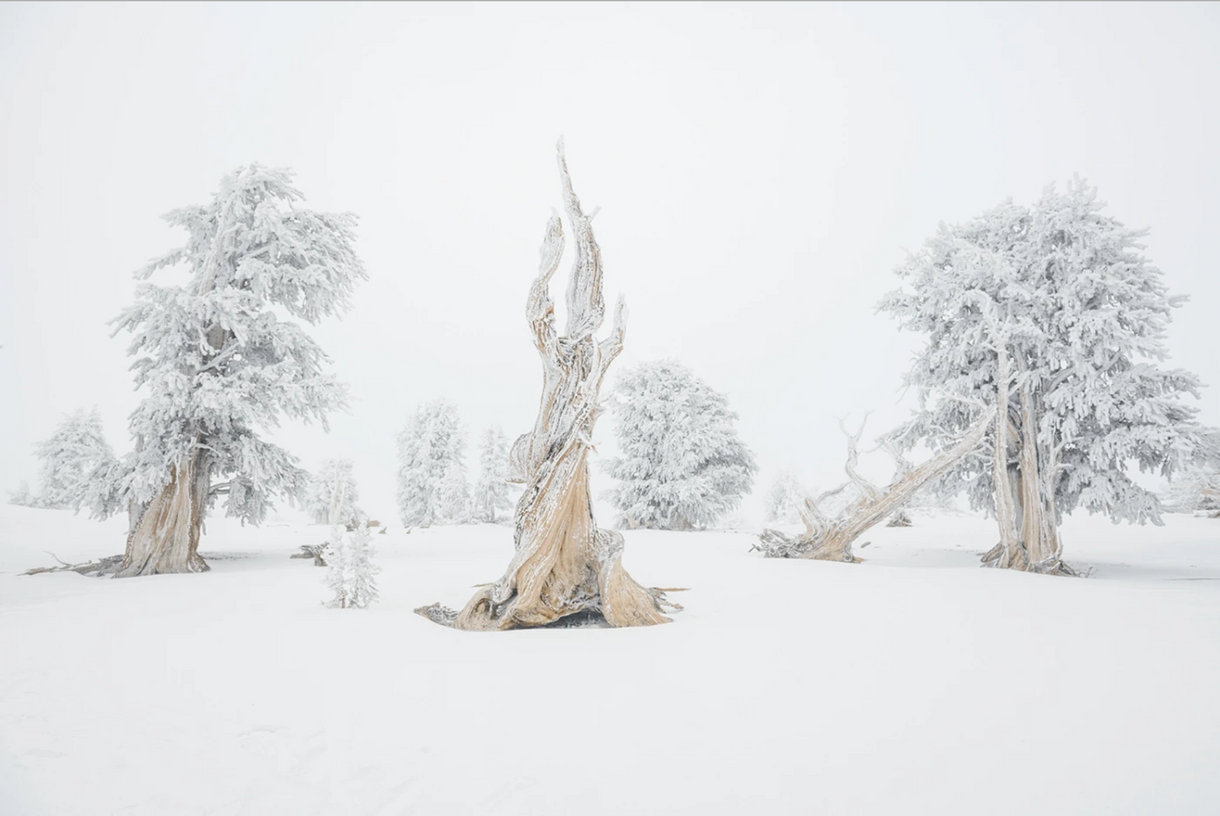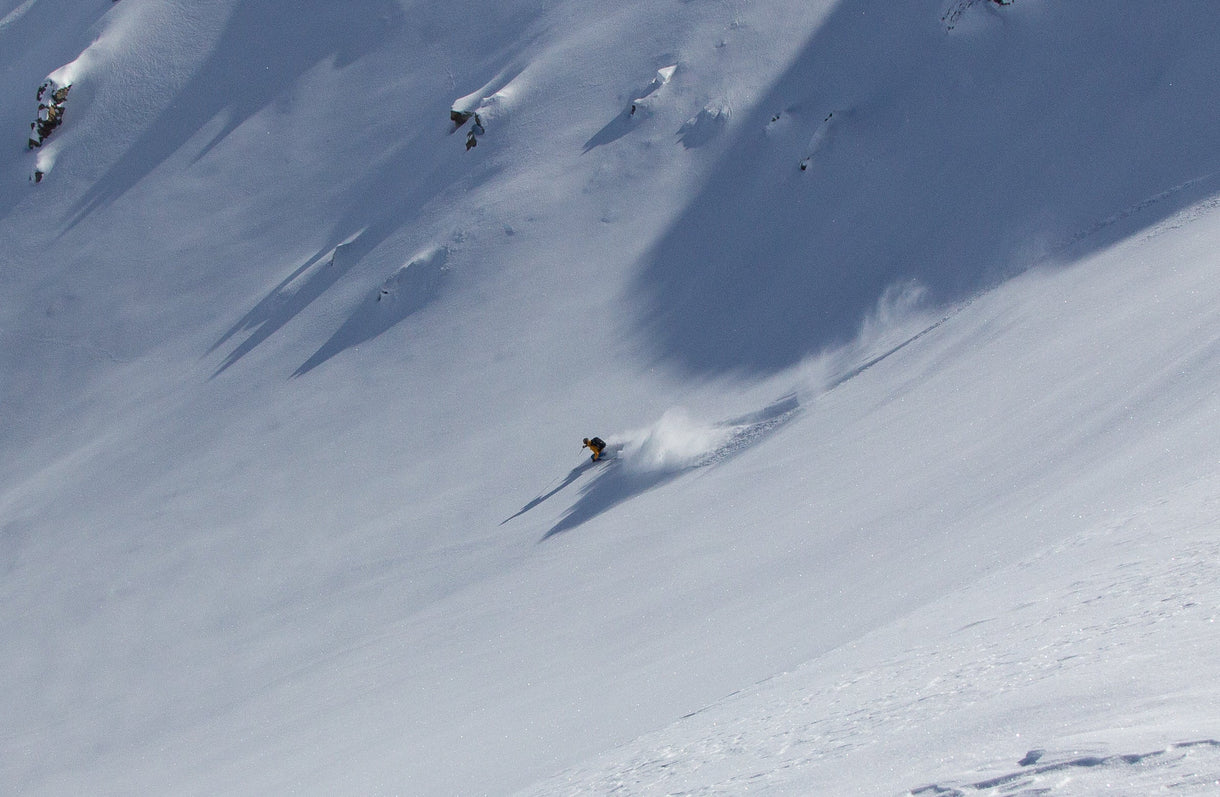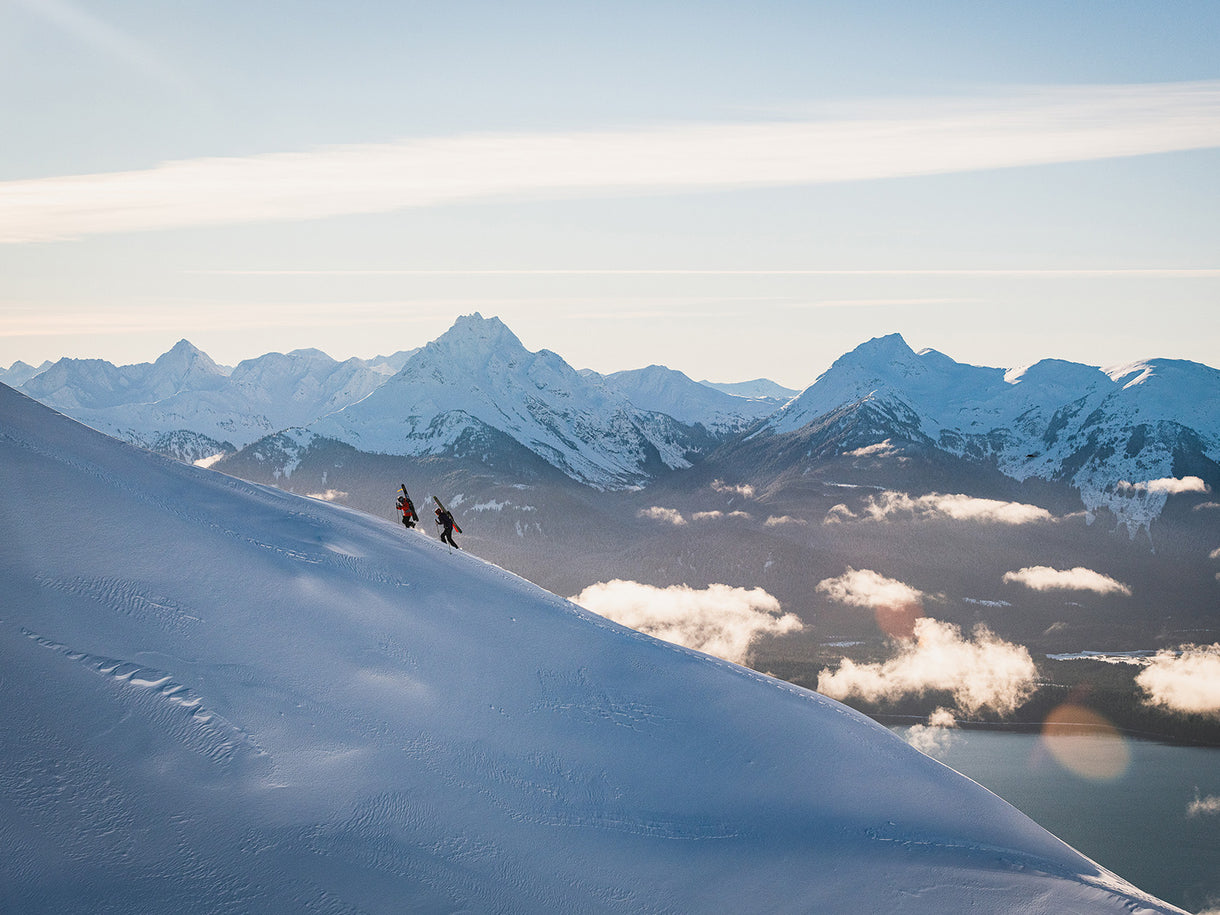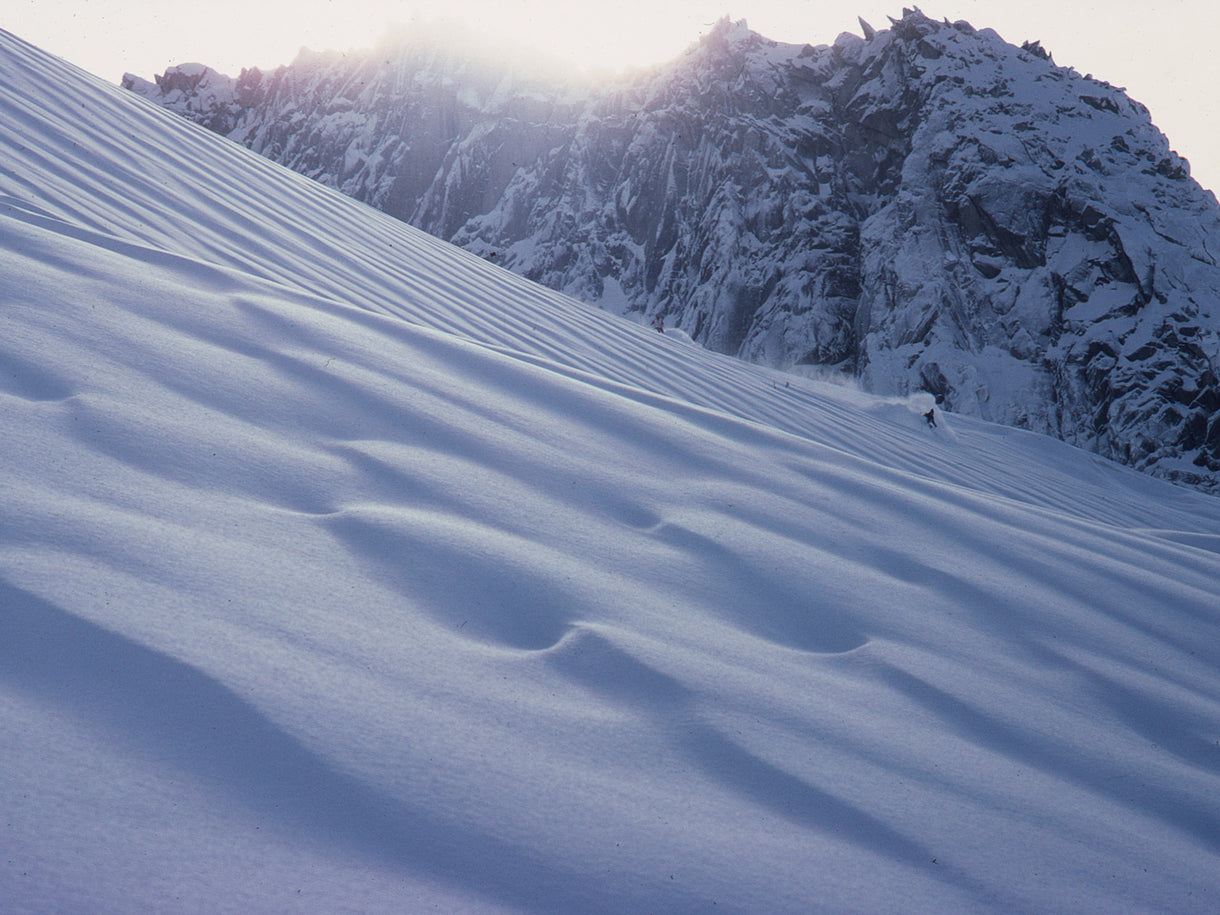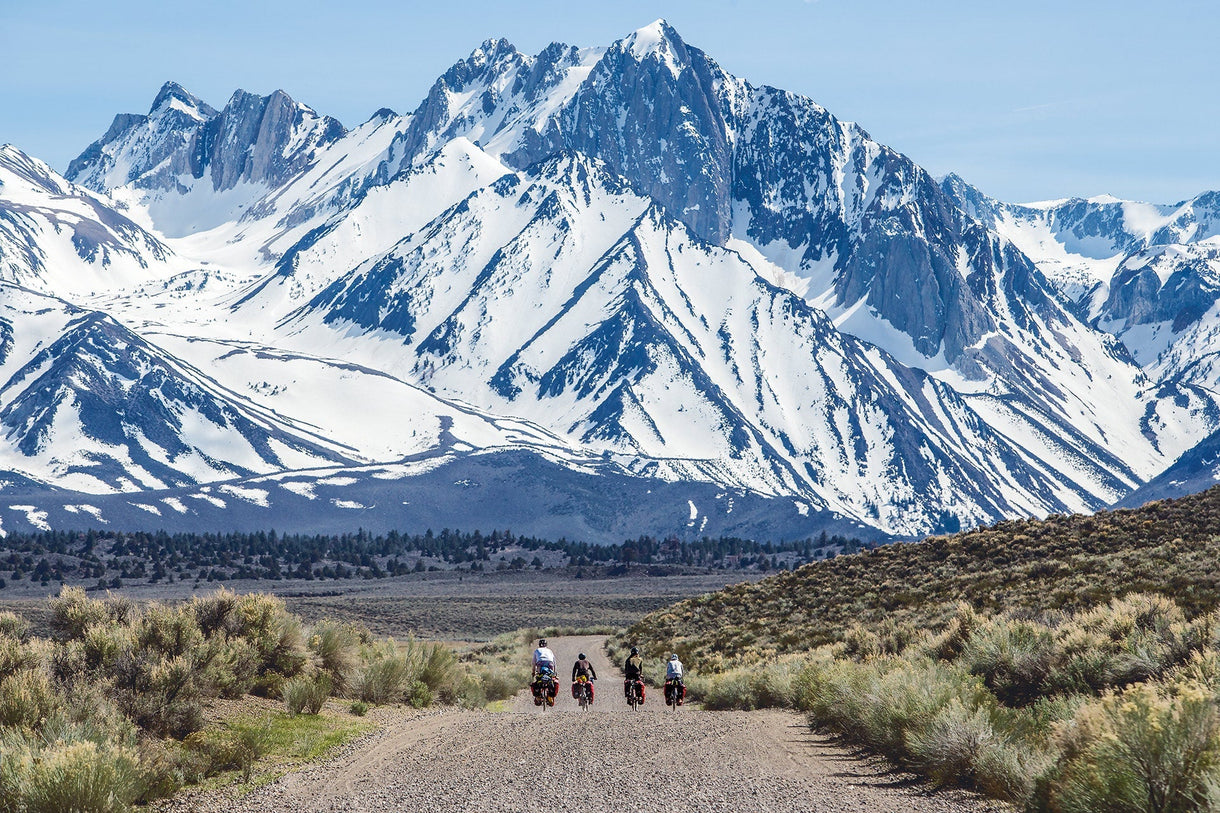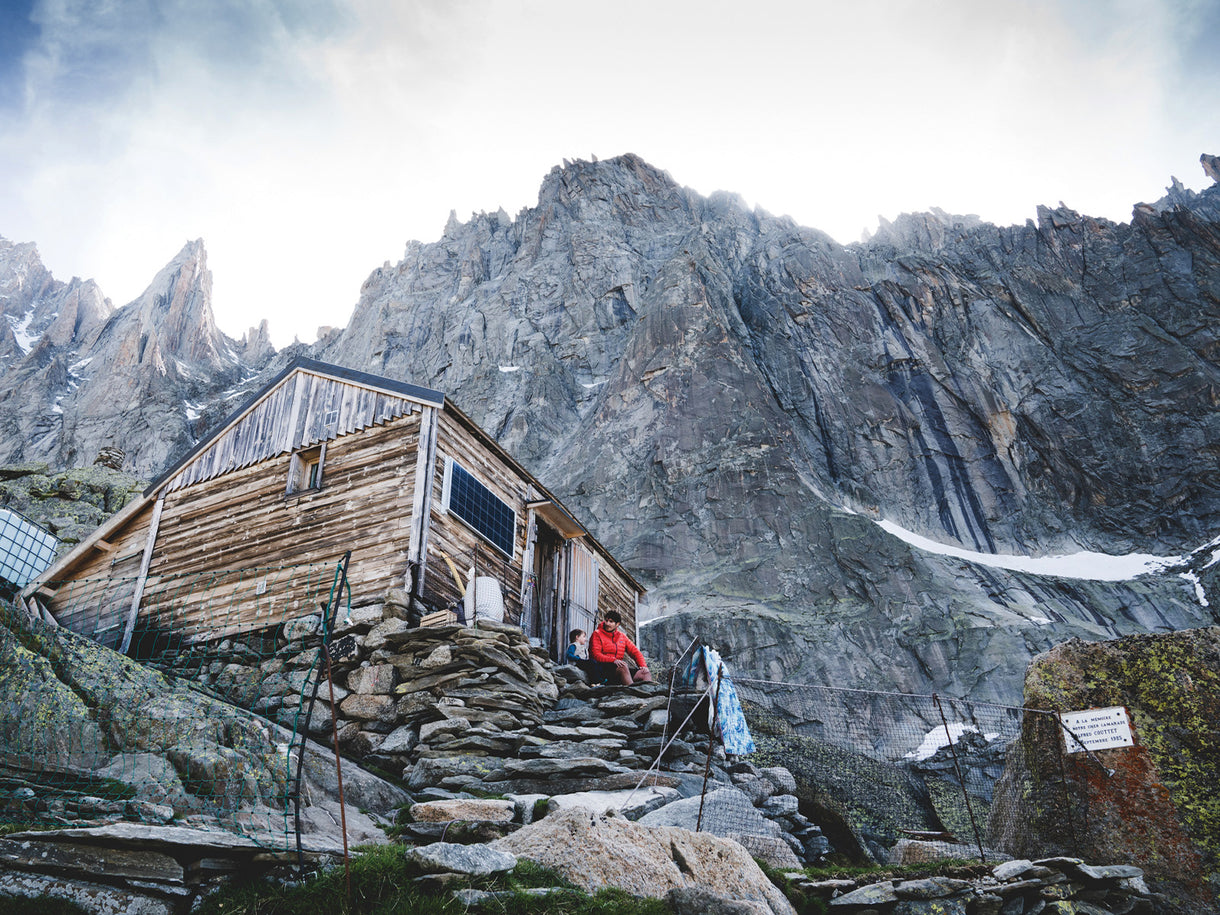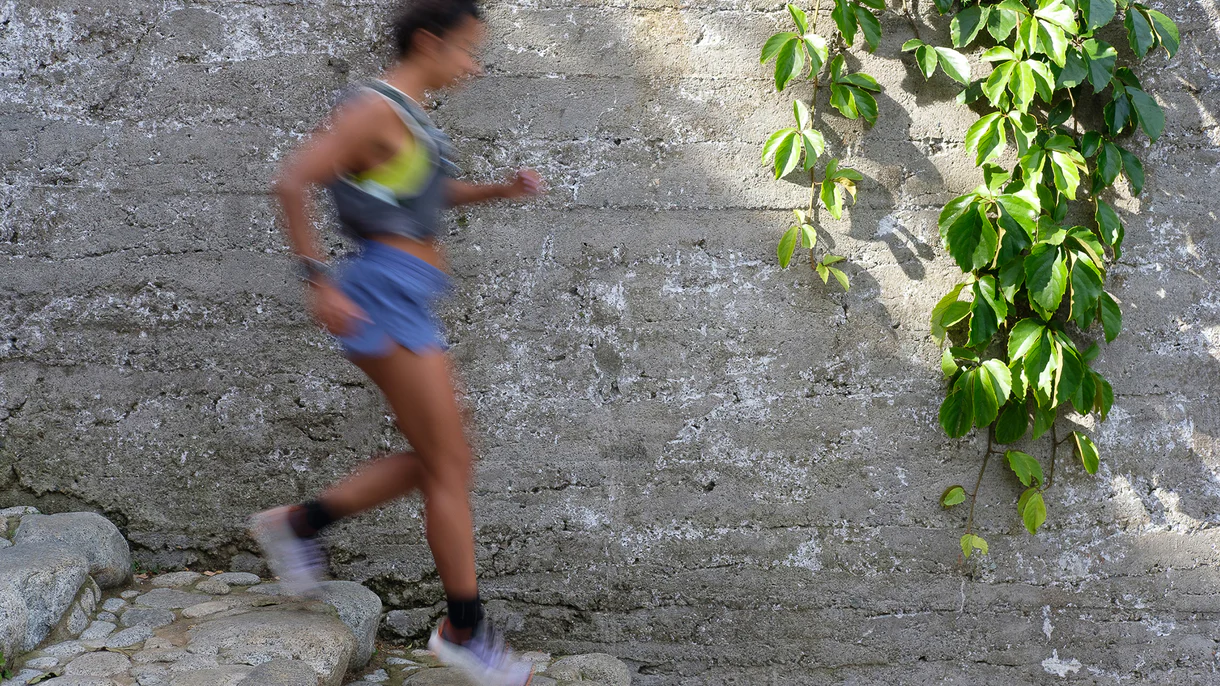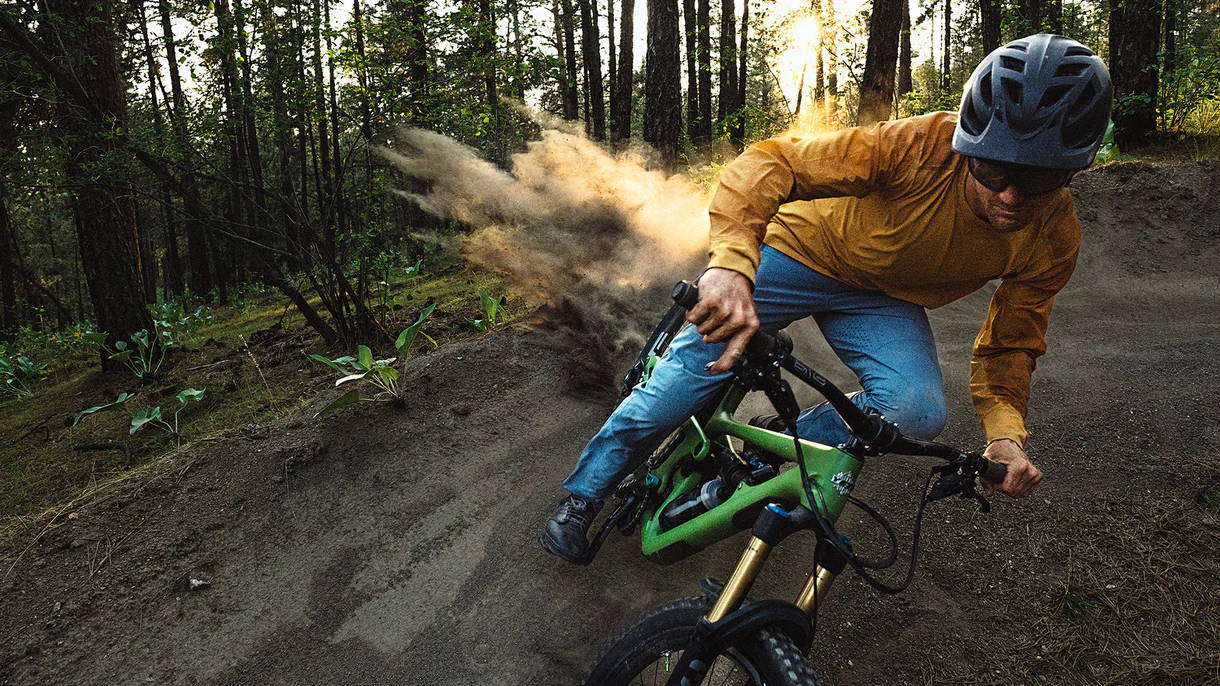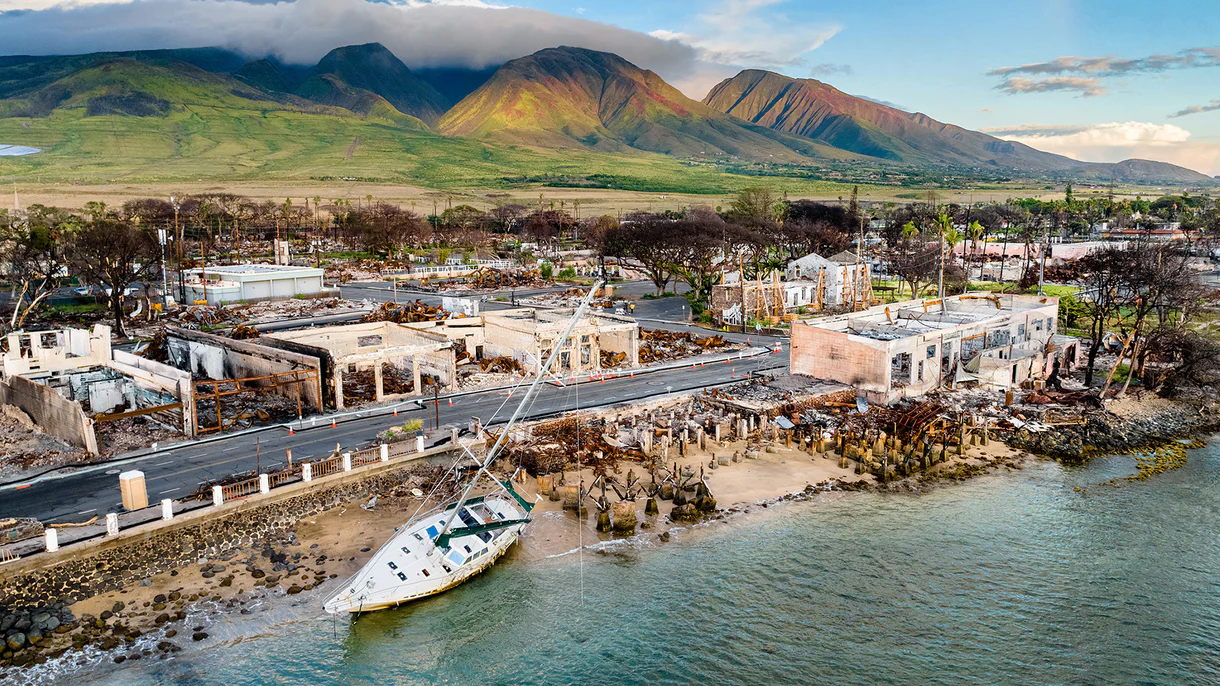I’m busy watching the fly crawling across his face. It’s a big one, black and tweaked, and as I’m watching it scurries down the length of his nose, rappels under the overhang, and disappears straight into his right nostril. To my amazement he doesn’t flinch, but just keeps on talking. That’s hard core South Australian right there. I buckle over laughing as the fly realises it’s trapped inside his nose and panics. It’s early spring and the flies are hatching in the adjacent sheep paddocks. By summer when it’s 43 in the shade they’ll be thick, the sky buzzing like a neon light.

It’s Saturday lunchtime on the clifftop above Blacks, just outside of Elliston, and it’s nice to have some comic relief. For the travelling surfer from over east, Blacks is confronting. It was originally “Blackfellas”, named with macabre irony after the Waterloo Bay Massacre of 1849 when local aboriginals were driven over a nearby cliff by white settlers. The wave, the sharks, the ghosts… take your pick. The place has heavy psychic weight. It’s only four foot today, but the wave surges almost dry before barrelling down a crescent shaped reef and fading out into deep, hissing water.
There are half a dozen dusty cars parked on the cliff and a local crew in the water below. “Camel” is out of the water with a bad back and is birdwatching instead through a pair of binoculars. Camel once lived in the Grajagan jungle and maintains his underground status by living now in Elliston.
Rich points straight below us, to a shallow, weedy section of reef. “That’s where the young fella got taken. Thing roared like a lion apparently.” He pauses. “The kids who saw it happen just gave up surfing after that.” He pauses again. “Don’t blame ‘em.” The great white attack was followed by another fatality the next day down at Cactus. The guy was on his honeymoon. The east coast might be buzzing with teenage whites these days, but their bad uncles still live down here.
Rich is “Richo” to the locals, and “SA Rips” to his cult following on Instagram. I knew him six months before I discovered his real name was actually Hayden Richards, although no one calls him Hayden ever, not even his wife. His age is indeterminate. He tells me he’s 42 but he could pass for 22. He sounds almost satirically Australian. He talks in clipped sentences with a contemplative breeze blowing between them, and if he sounds like a farmer it’s for good reason. In a previous life he farmed chickens, but like most everything down this way even they proved dangerous. While recounting some great Eyre Highway roadkill stories, Rich mentioned that he always stops and throws the carcass in the back. “Best chook feed ever. They love it. Two hundred chooks will devour a roo in a day. You’ll come back that afternoon and there’ll be only bones and fur left.” He workshops a dark thought. “You wouldn’t want to fall over in the chook cage and knock yourself out, ay.”
Rich knocking himself out, however, would eventually lead him out of chicken farming and into surf photography. While surfing Blacks one day he got pinned to the bottom, rolled into a cave, and held under for three waves. If his leash hadn’t snapped on the third he’d still be down there today. The impact dislocated his elbow and damaged vertebrae, and he was flown to hospital in Adelaide. While recovering doctors suggested he start swimming.
Rich shot his first frame of surfing at age 35. “I swum out at Blacks and was shitting myself the whole time. It’s bad enough on a board, and everything you know tells you it feels wrong. I was panicking, kicking my legs, got washed down into Shark Alley. If I was ever going to get taken that was the day. Now I just lie on my back, put my housing on my chest, look up at the sky. Just relax and don’t look like lunch.”

The coast west of Elliston is a million miles from the Australian surfing consciousness. It is, of course, strafed with good surf, gets every bit of the Roaring Forties, but it’s a big commitment to surf it for a week, let alone make a life down there. The tyrannical distance, the sharks, and its reputation for localism has kept it safe from crowds. East coasters were barely tolerated. East coasters with photographers were run out of there. This makes Rich’s story all the more remarkable. He’s the first guy given a green light to shoot this coast. Born in the tuna town of Port Lincoln and having lived most of his life around Elliston, he’s one of them, although it’s still been a dance. Rich gets by on his local status, a respect for the old ways of the coast, an honest nature and a baby face.
For the most part Rich has been left alone with a whole coast to explore and shoot. It’s a big playground – Port Lincoln to the Head of the Bight, 700 kays – a stretch of coast where the dusty red skirt of the Australian continent falls abruptly into the Southern Ocean, a coast few people have captured intimately. Rich reckons at best he’s seen “five per cent of it. I’ve done it for a few years now so I’ve got all my magic areas, and I’m getting more direct with them. I know where to go when it’s seven-metre swell with a howling onshore, and where to go when it’s two-foot sunny and offshore. But those are just the spots I know. There must be thousands more.”
The coast is his primary subject, even when a surfer stumbles into frame, and for an area characterised as desolate and ancient his images teem with life – right whales, white sharks, white-bellied sea eagles and Maltese terriers. When the onshore hits 30 knots, Rich dons a pair of swimming goggles and marches his dog, Doug up the sand dunes outside of town for an ongoing portrait series. Never has one of God’s creatures looked so noble, Doug gazing at the South Pole, his white coat fluttering, his underbite protruding and giving the illusion of speech. “Get me out of here.”

There’s a distinct look to Rich’s work that’s hard to decode. They’re beautiful, but also a little unsettling. Where is everyone? And why, when I imagine myself in the frame, does it feel like I’m being watched? Rich doesn’t see it, swimming out there alone is just daily life for him, but for an outsider there’s certainly an unnerving quality to the shots.
Some of it is technical. While most photographers err on the side of saccharine oversaturation when colour correcting, Rich tinkers less with colour and more with contrast. In fact, if anything, he rinses much of the colour out of his shots. Everything looks like it’s been washed by a white-hot noonday sun. The browns in the cliffs have leeched away millions of years ago, but the blues of the ocean – a rich palette, anything from deep cobalts to a milky aquamarines – are almost underplayed. “I get bored by blue,” he offers. Rising from the sea the cliffs look almost gothic, although it’s hard to determine whether the landscape is Precambrian or post-apocalyptic. Through Rich’s lens we’re seeing an old coast we’ve never known.
When I ask Rich whether the coast has changed, he doesn’t dwell for a second. “Nah. It’s still the same. You get a handful of crew but it’s quieter now than 10 years ago I reckon. It’s just so far away and there’s no infrastructure here. I can’t see Elliston growing in the next 10 years – 45 degrees days, no girls, flies – and they’re outta here. No one hangs around. It’ll be like this for a long time. I don’t reckon it will change here in Elliston unless you get one of those big oil rigs starting up out there.” The Great Australian Bight and whatever oil sits underneath is being sized up by Big Oil who want to drill dangerous, deep water wells out there beyond the horizon. While the rest of Australia is rallying to save the Great Barrier Reef, this coast – equally precious in its own wild way – is in just as much danger. The irony now is that by exposing the coast west of Elliston, its grandeur, its critters and its waves, Rich might be saving it.

The career change to surf photographer has been good for him. He’s no longer a chicken farmer, having moved down the hill three years ago and now manages the Elliston caravan park with his wife, Fiona and their four kids. The lifestyle is accommodating. The park is quiet during autumn and winter when the waves are on, and full of tourists in summer when it’s flat. The move has allowed him the freedom to shoot on his terms.
He’s wandered into surf photography however totally removed from the game. His prodigious eye is balanced with a lovable naiveté about how to turn it into a living. When I asked him for a back up drive of images to submit for this story there was a silence at the end of the phone. “Back up drive?” Turns out Rich had four years worth of images – everything he’d ever shot – sitting on his computer without a single frame of it backed up. And while he might have a great frame of reference for this coast, he has no idea how the outside world regards his work. He’s got absolutely no idea, not even the faintest inkling, how good he really is. It’s a glorious thing in this modern day that guys like Rich are still out there.

And he’s never travelled. Hawaii last January was his first trip overseas. During his first swim at Pipeline he sat in a pack of 30 shooters, 29 more than he’s used to. “I was sitting in this huge pack of guys, and then I saw Jamie and John John going right and I thought, I’m just going to swim over to the right and clean up here. I swam around the back to, what do you call it? Backdoor? I’m siting there thinking I’m going to kill this and a big wide one came in and exploded on me and washed me in. I tried it again and the same thing, another 10-footer. I realised why there was no one shooting there.” He wants to go back. He wants to shoot the other 95 per cent of his own coast. He just wants to shoot. He can’t believe he waited this long to shoot his first frame and wants to make up for lost time.
For now though it’s almost summer and 40 in the shade. I called him in the middle of a heatwave, bone-dry desert heat, shimmering and still. The caravan park at Elliston was full of punters from Adelaide, swatting flies while complaining to Rich about the lack of mobile phone coverage. Rich had just been up to his shoulder retrieving a nappy that was blocking the park’s septic tank. Once he’s done that he needs to empty a flyblown bin full of fish guts and maggots.
He texts me after we call, imploring, “Mate, you got to get me out of here!”

